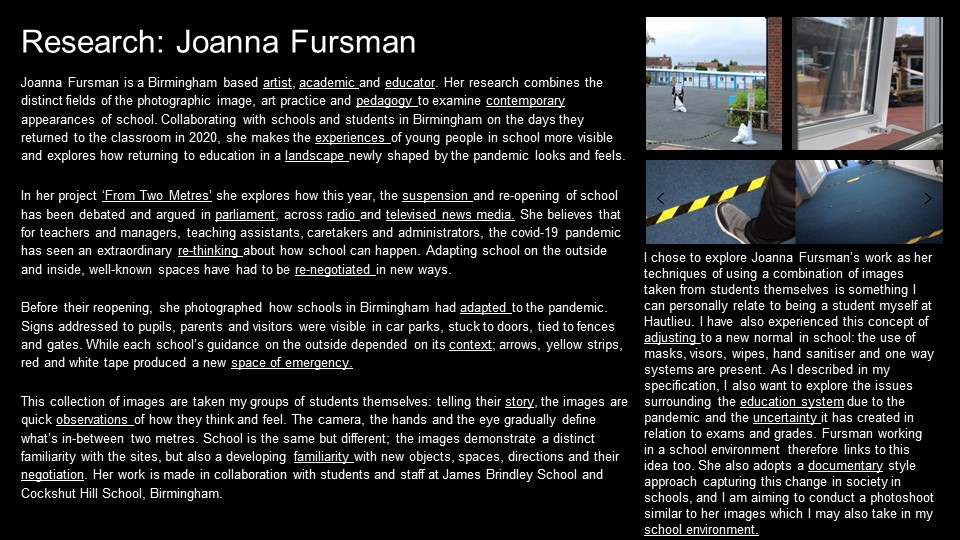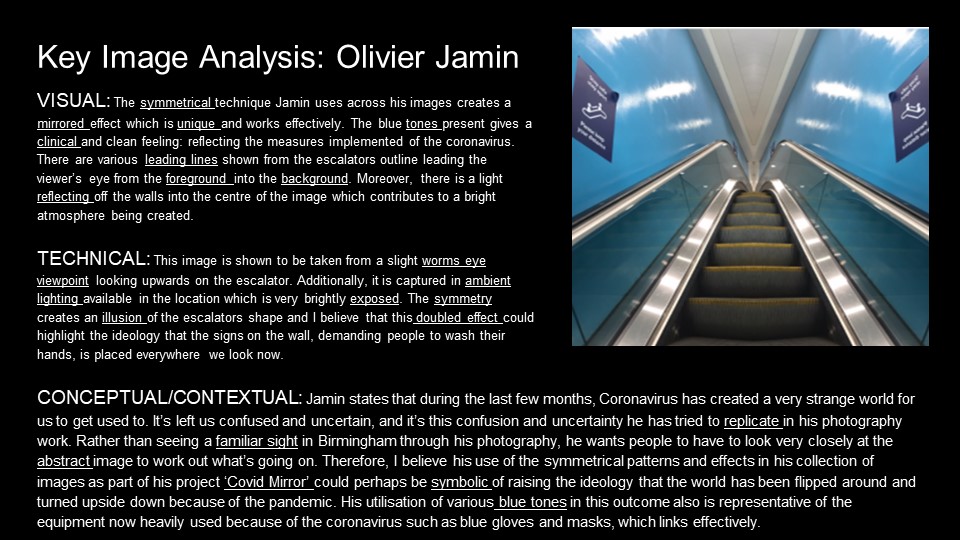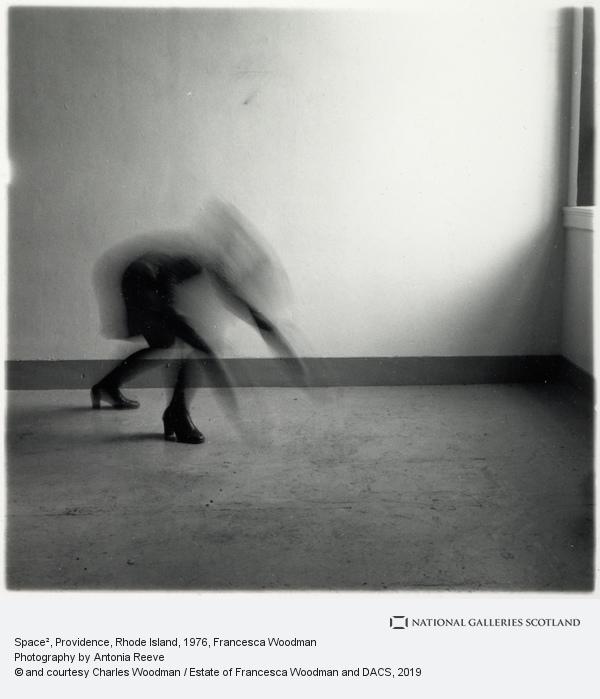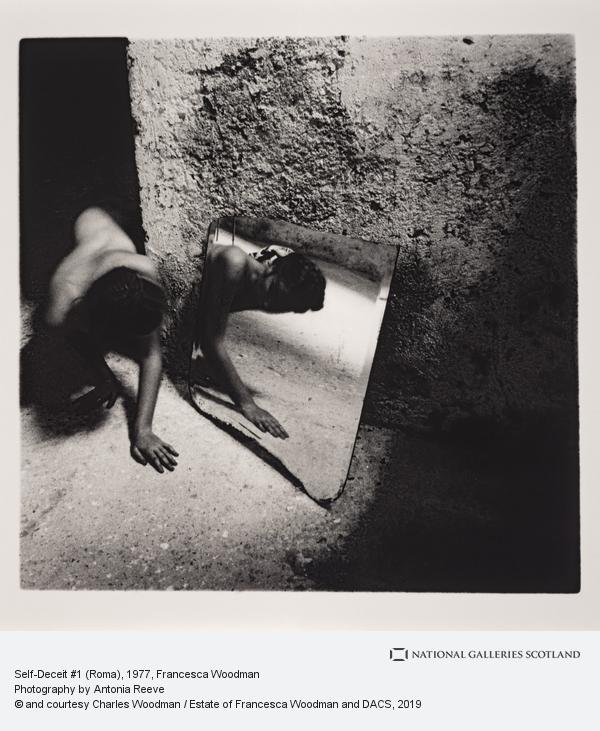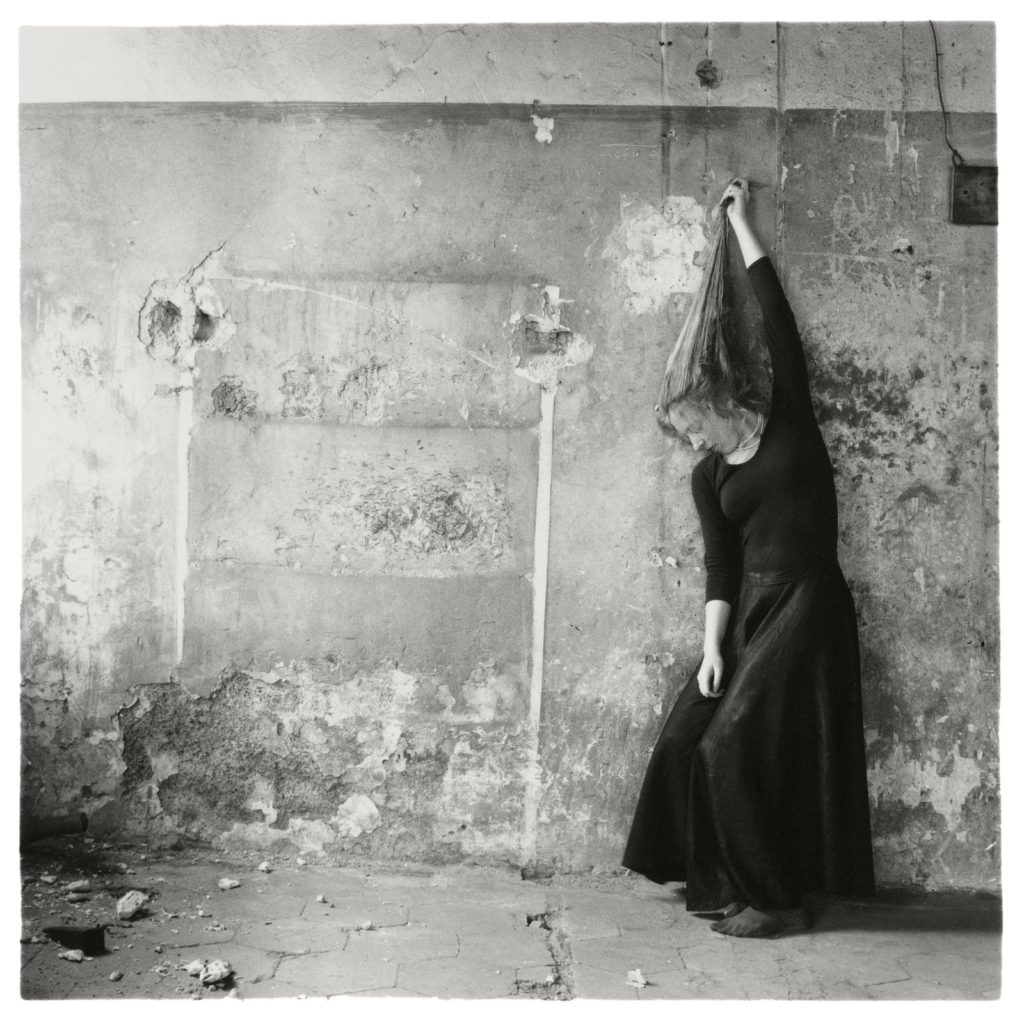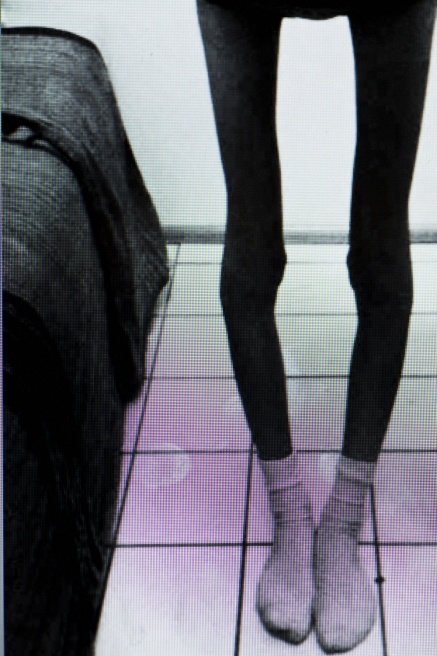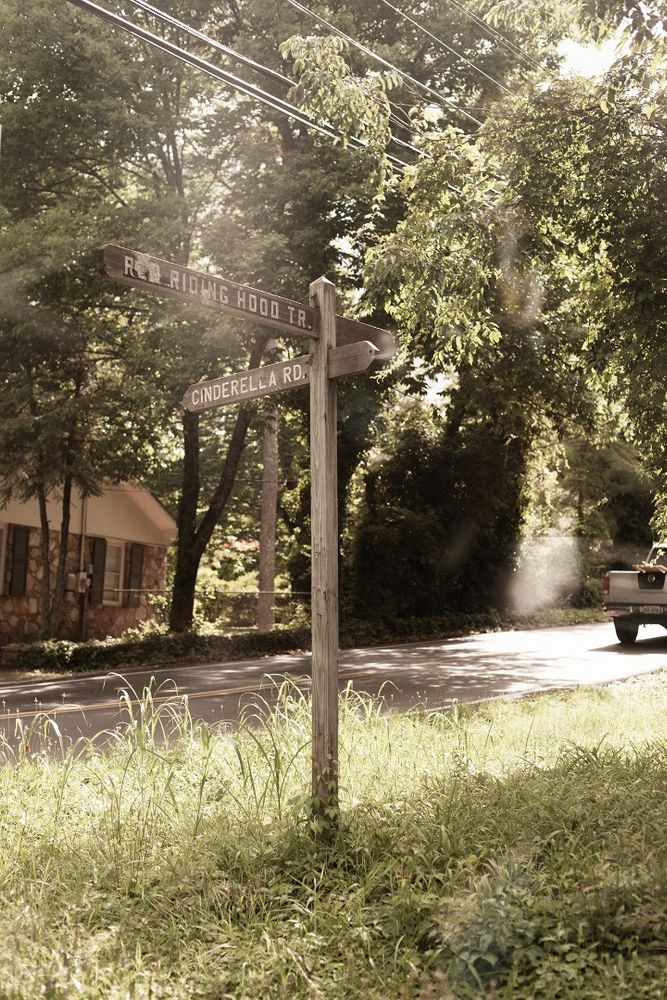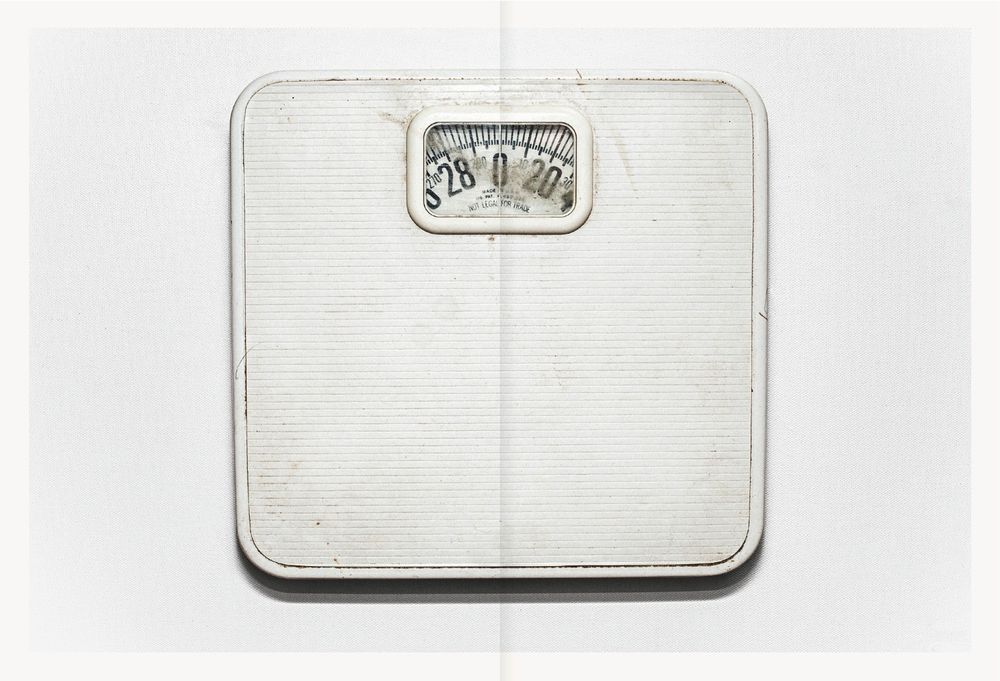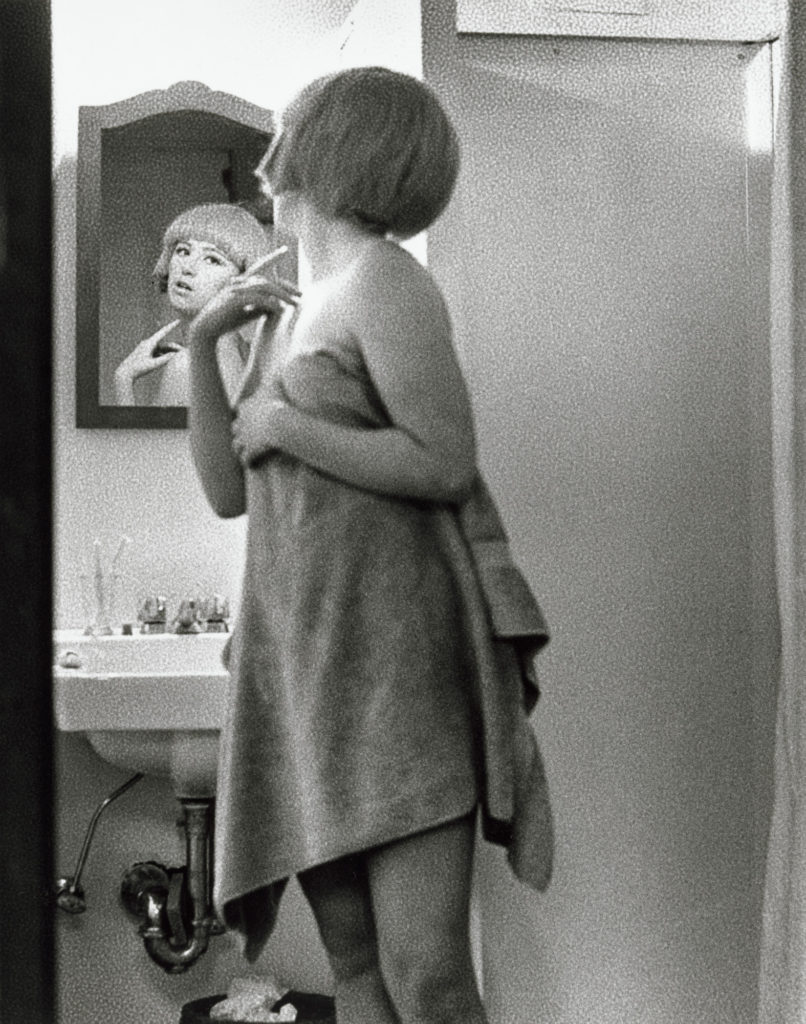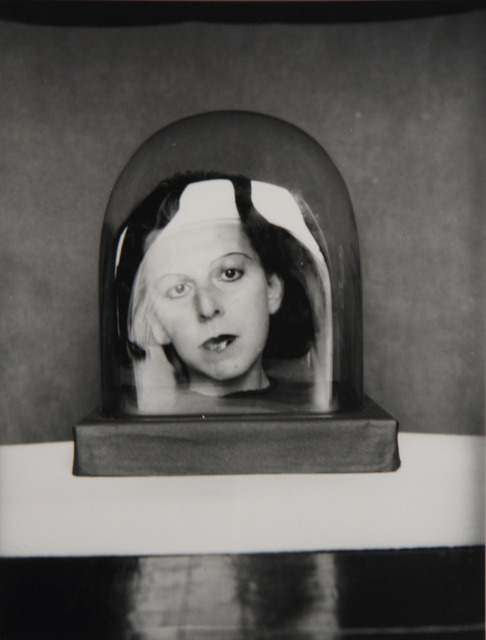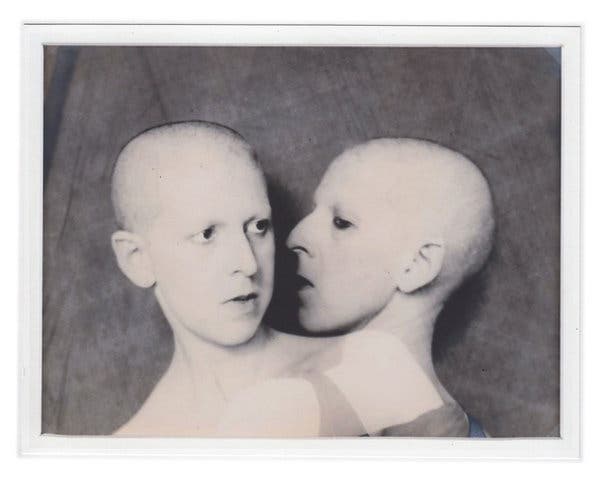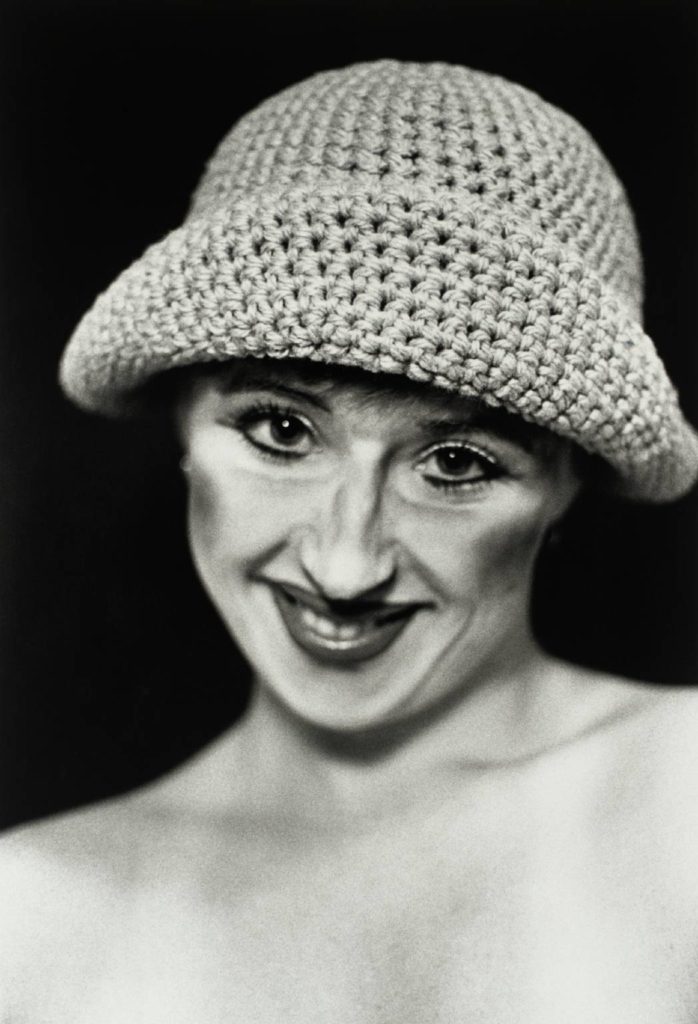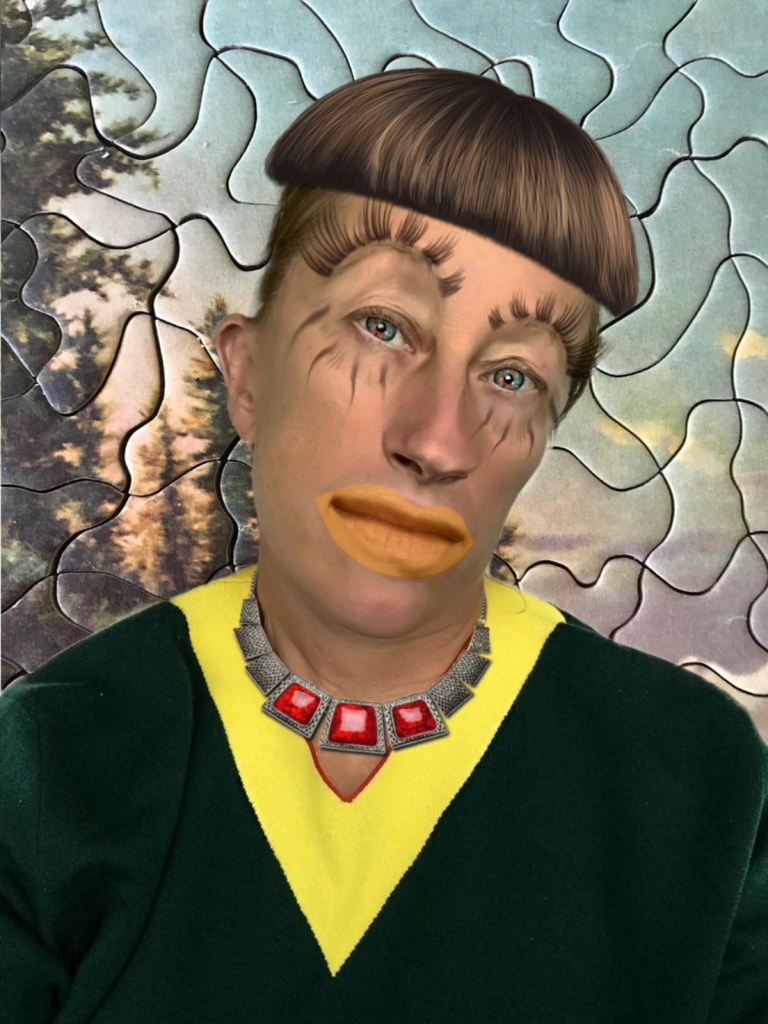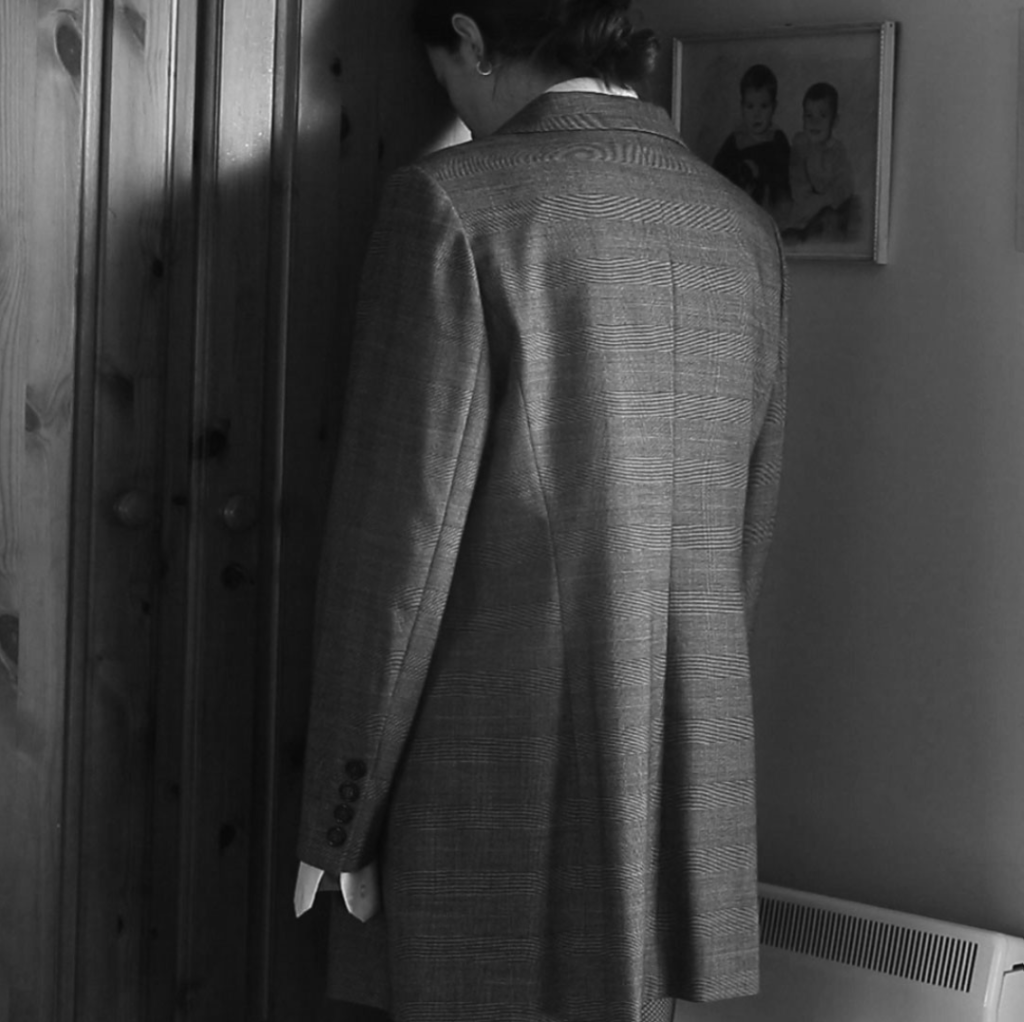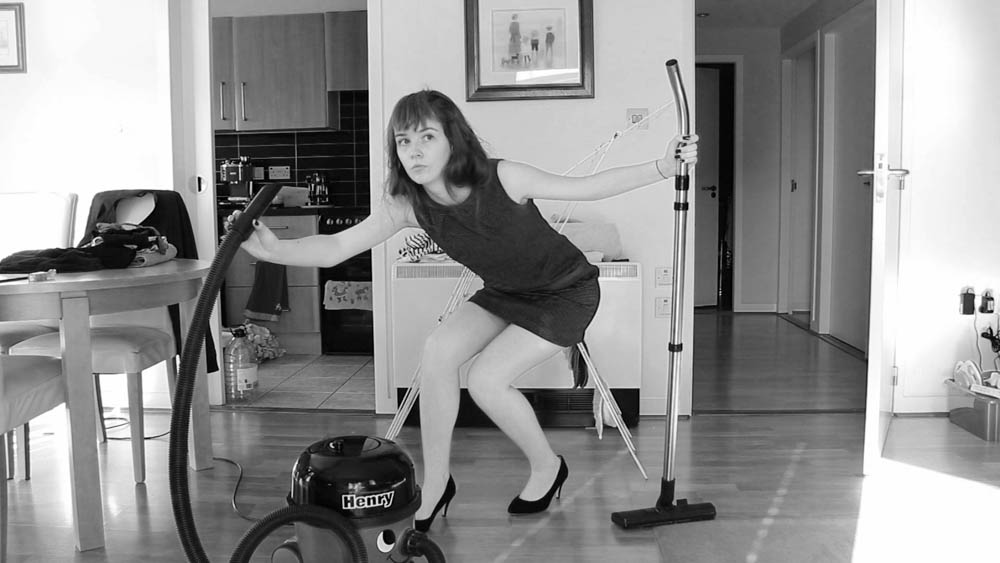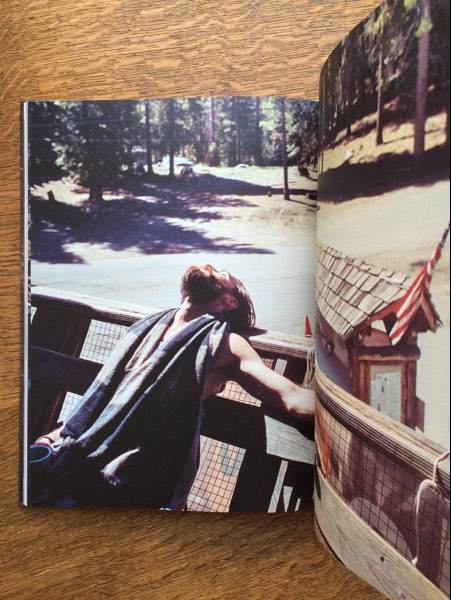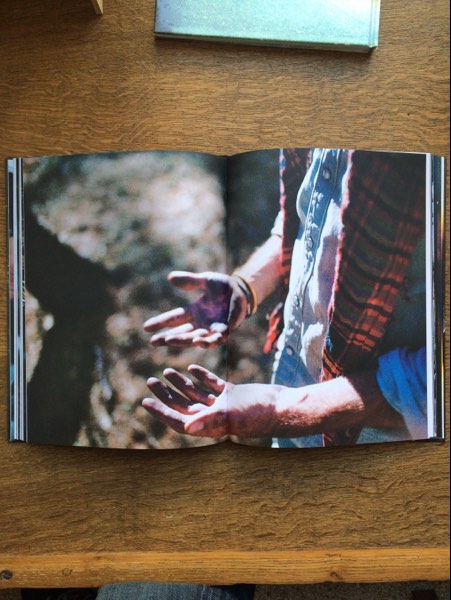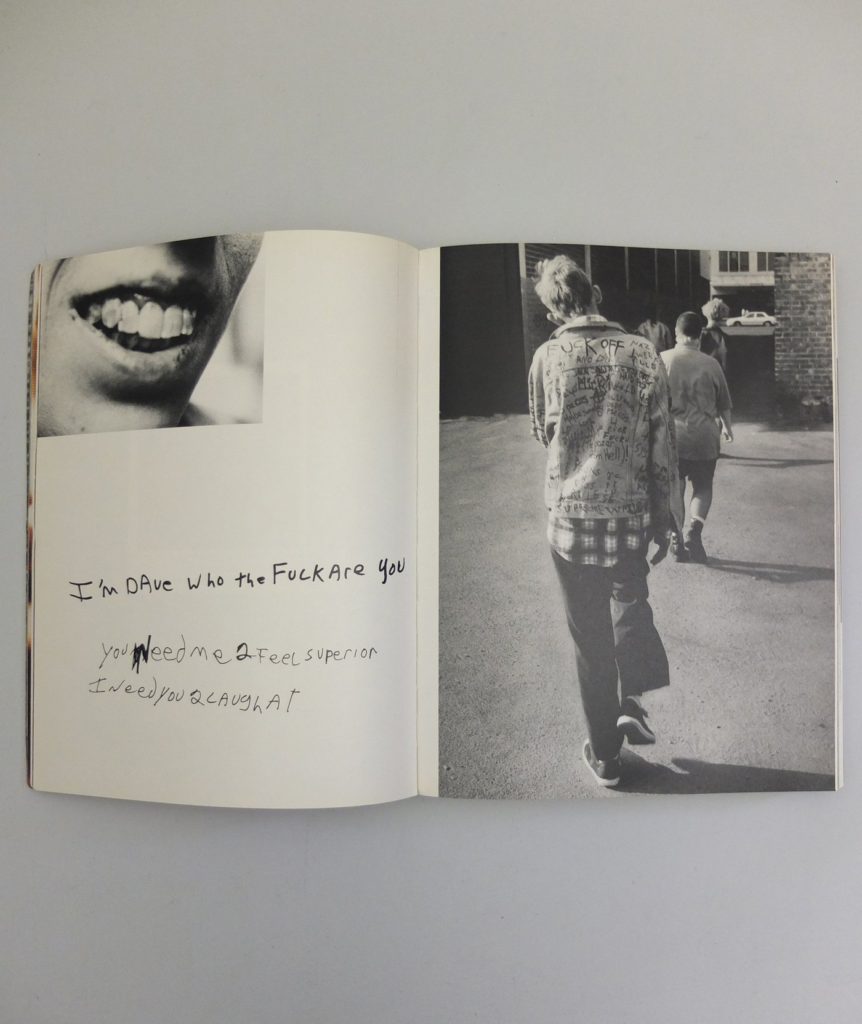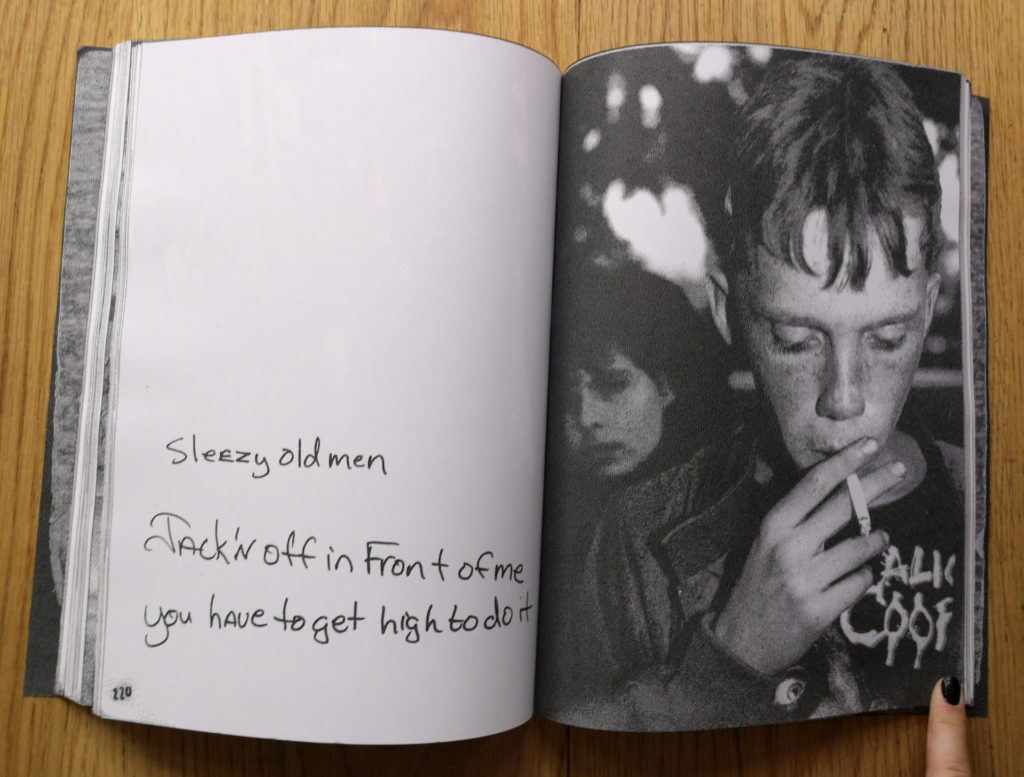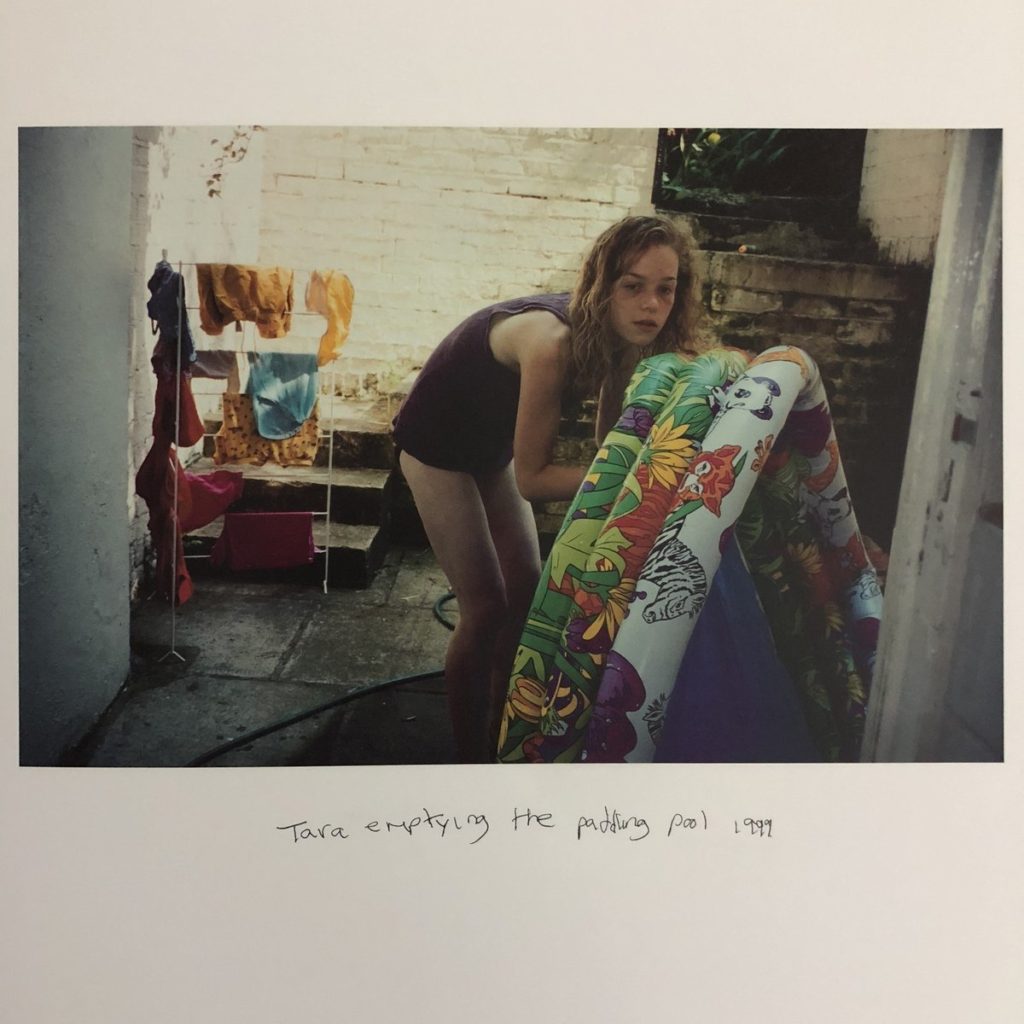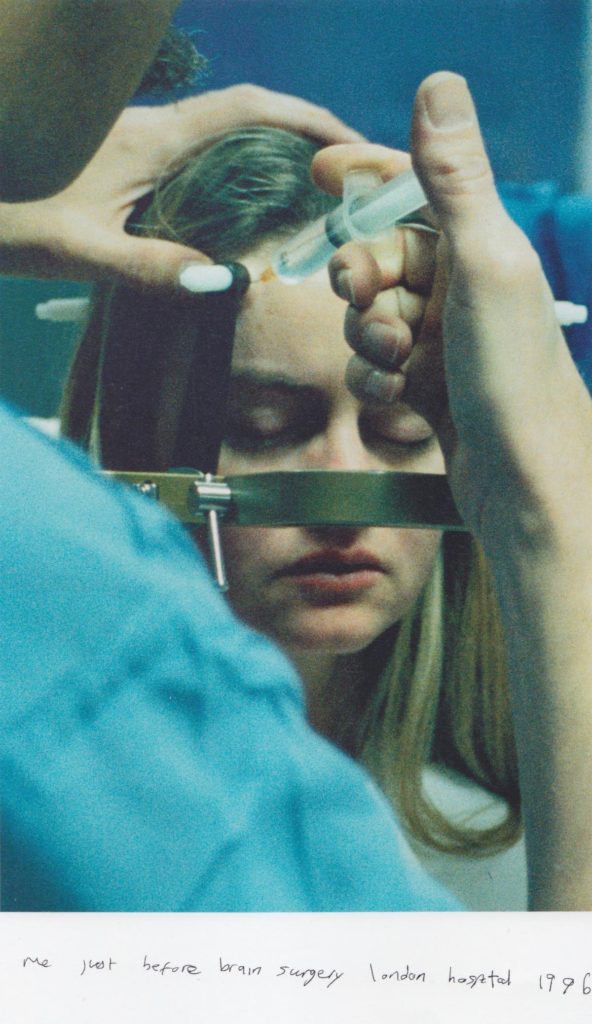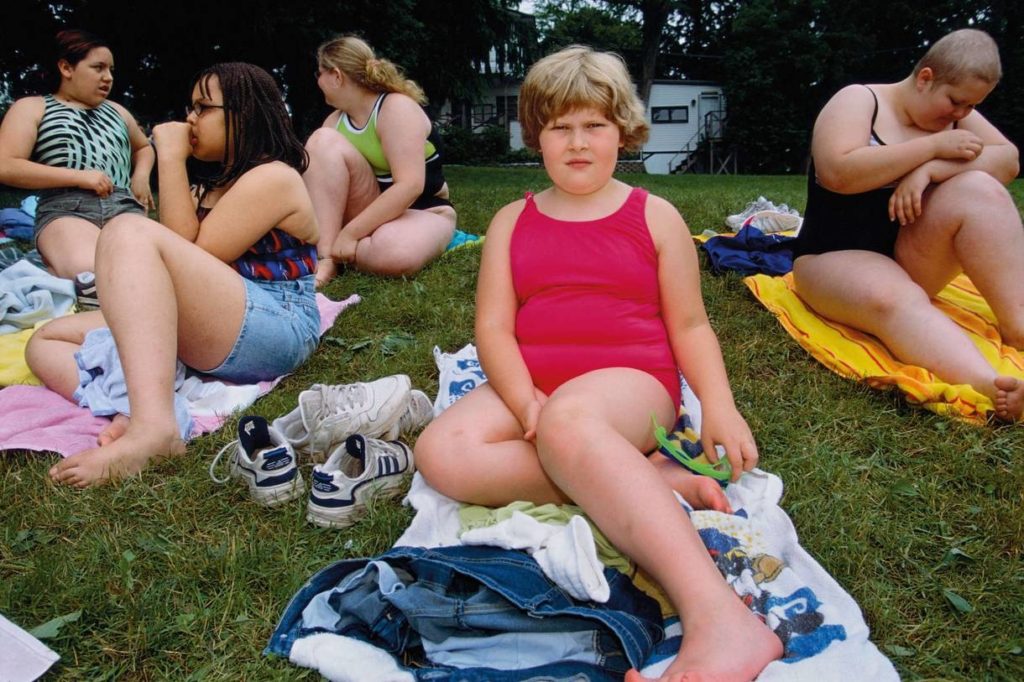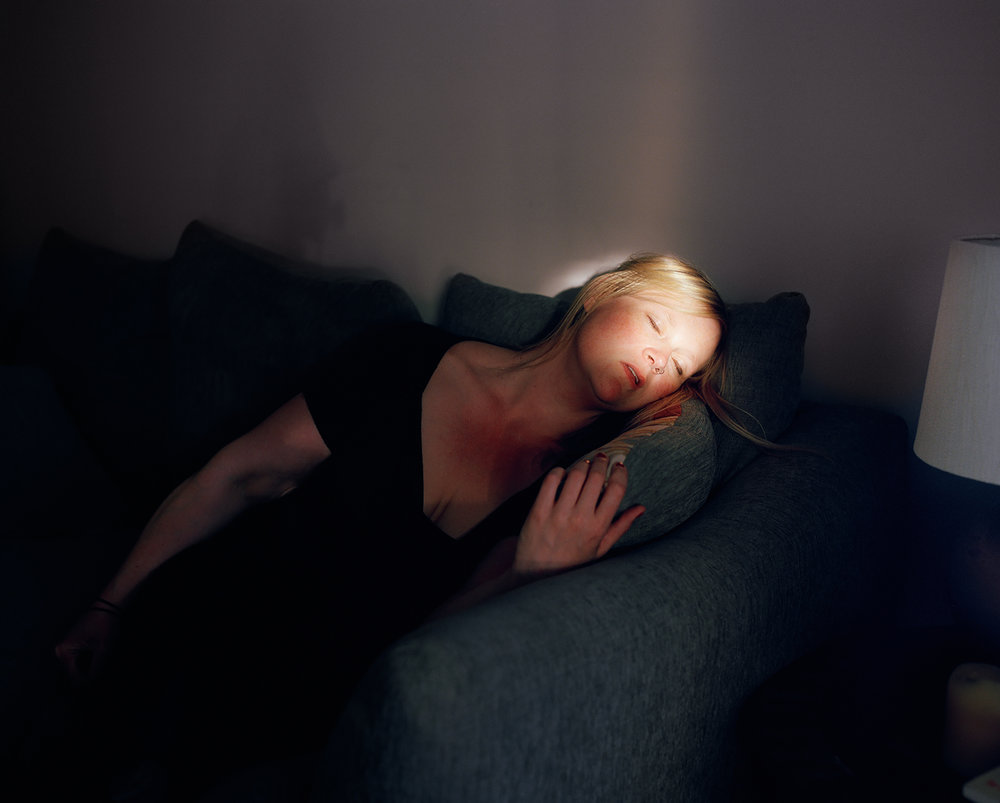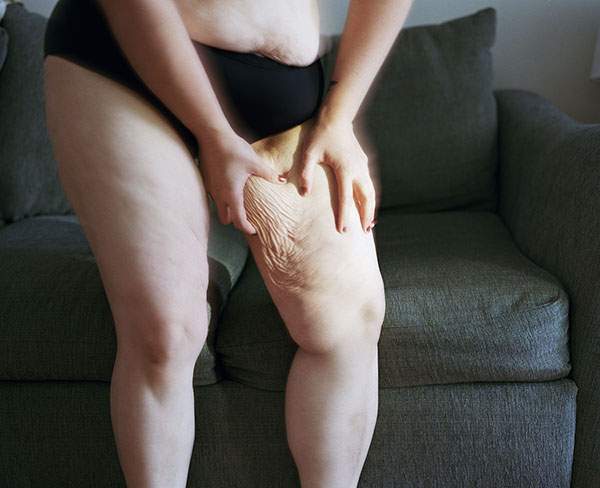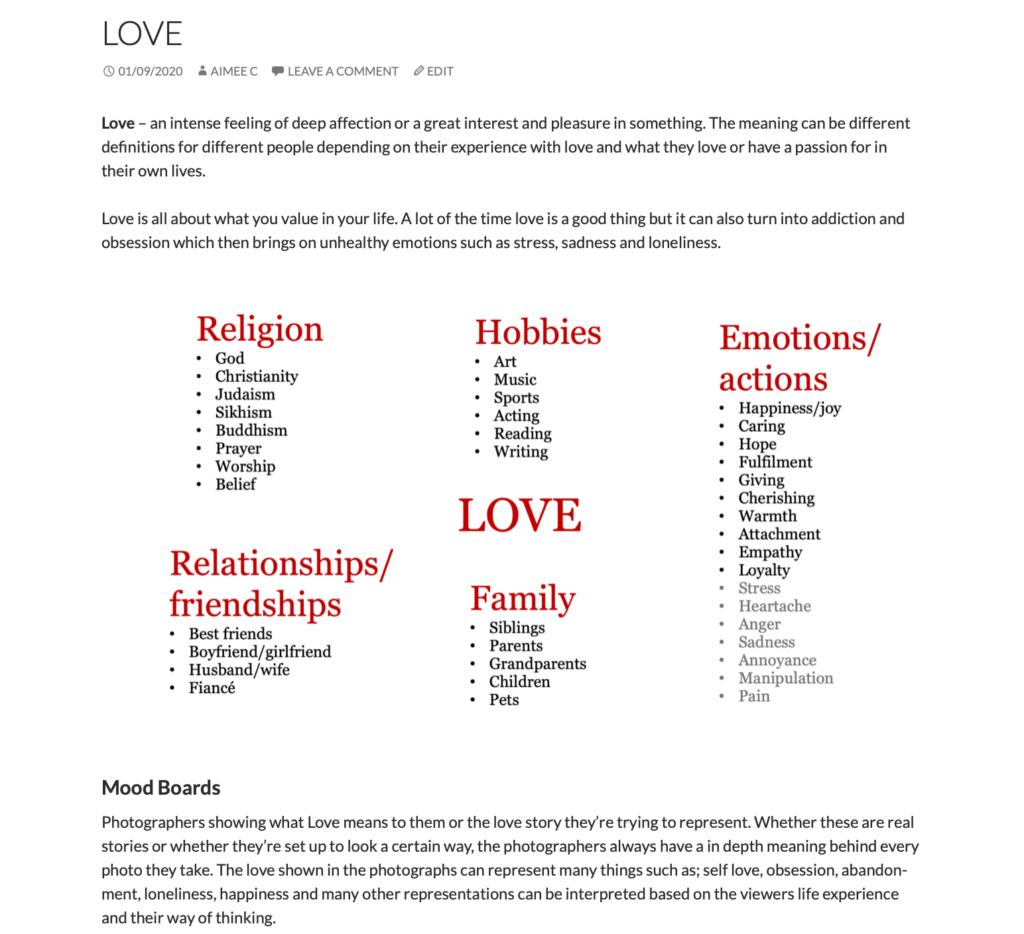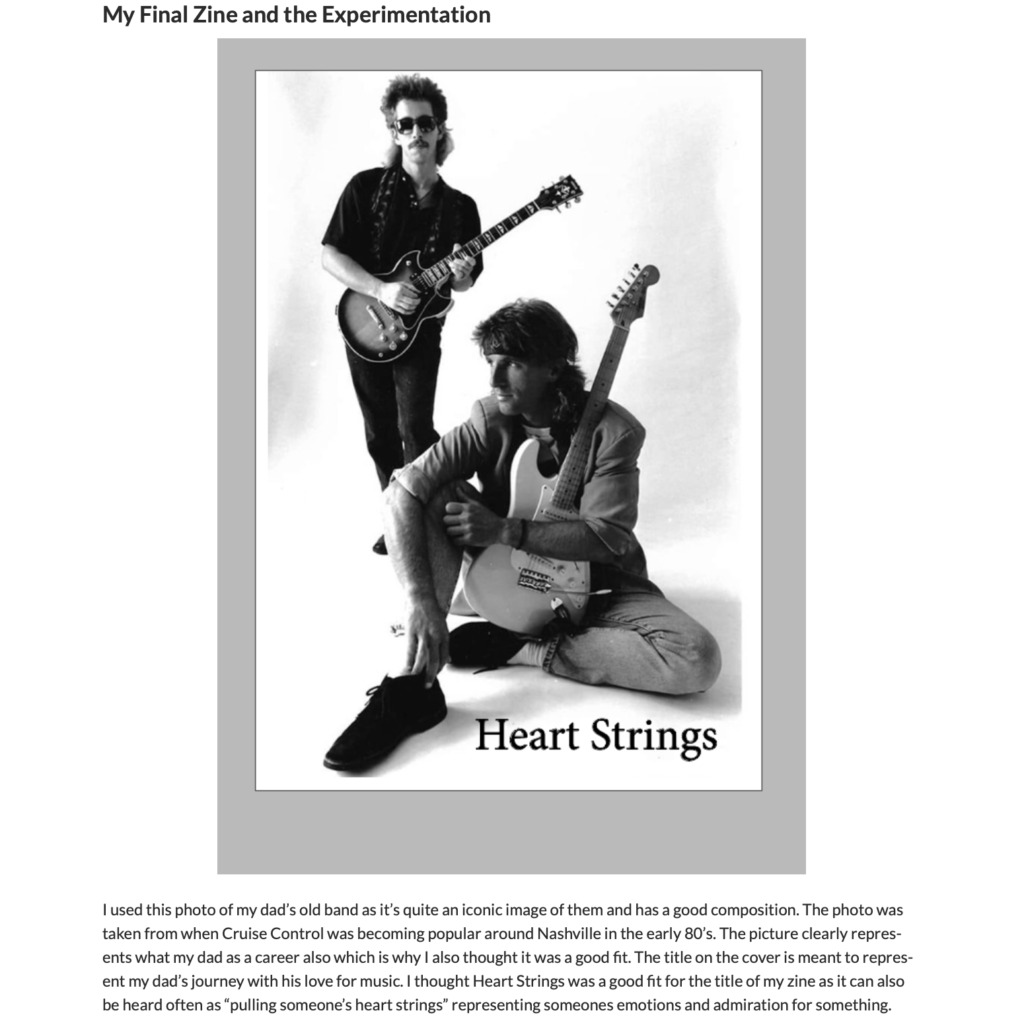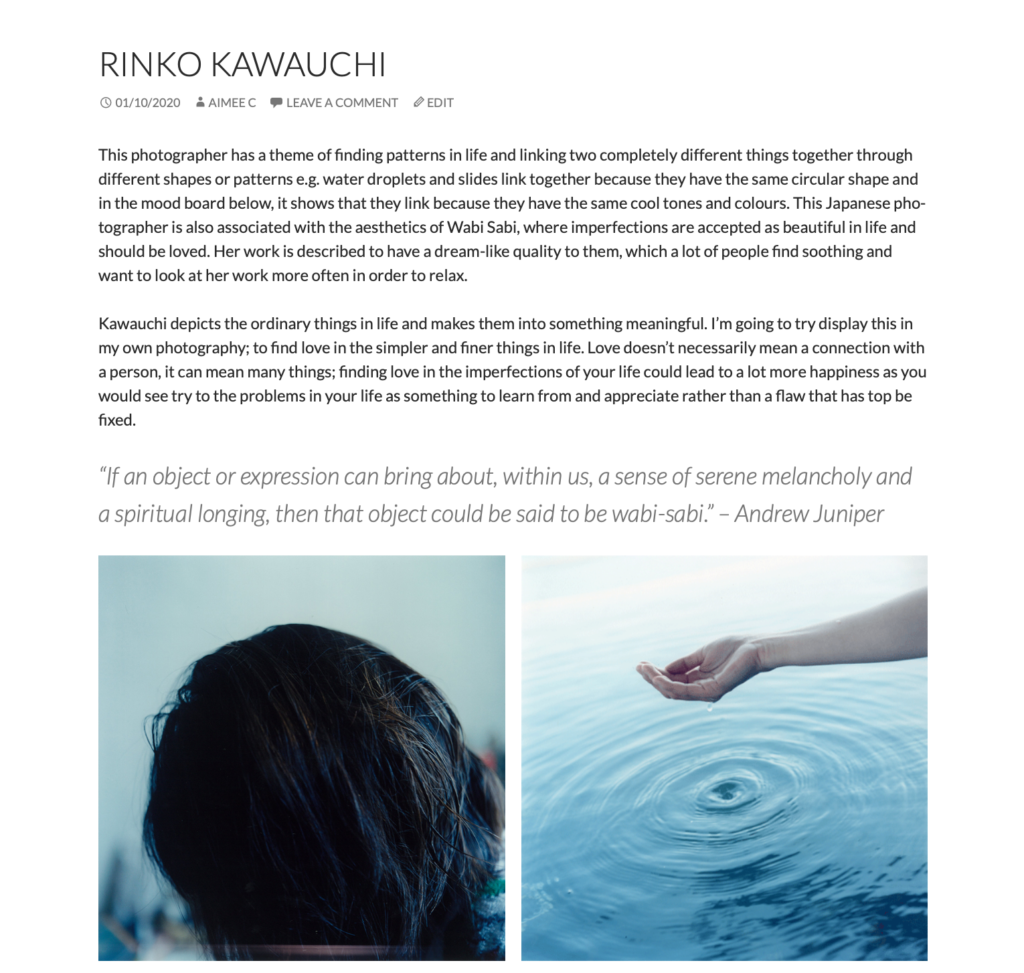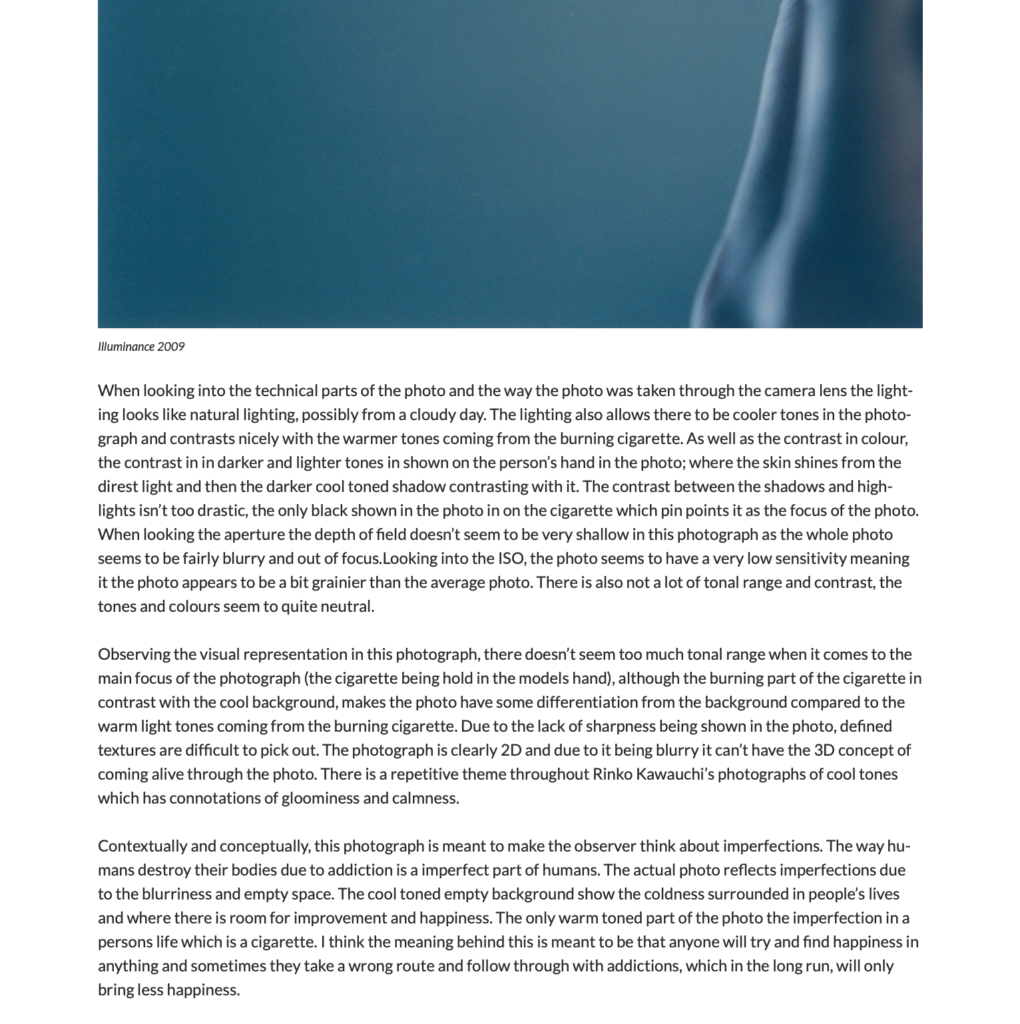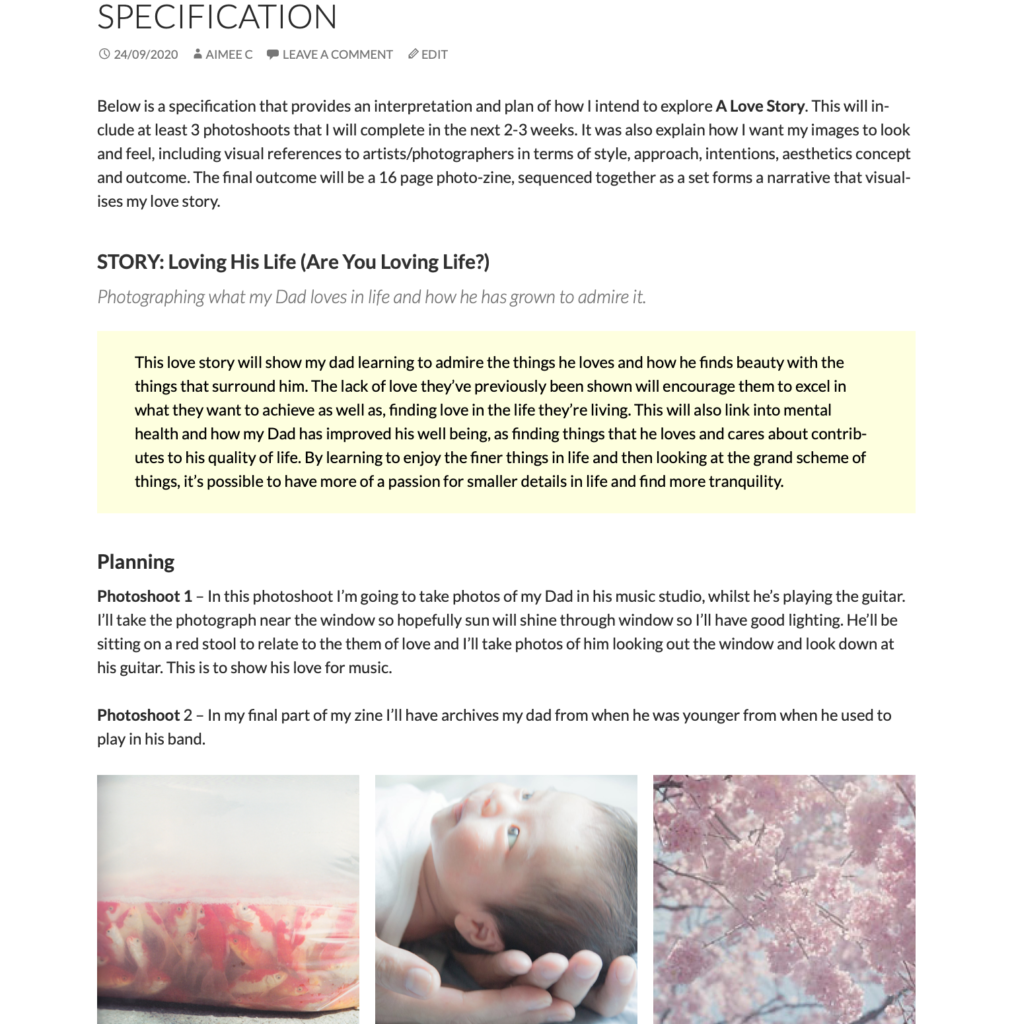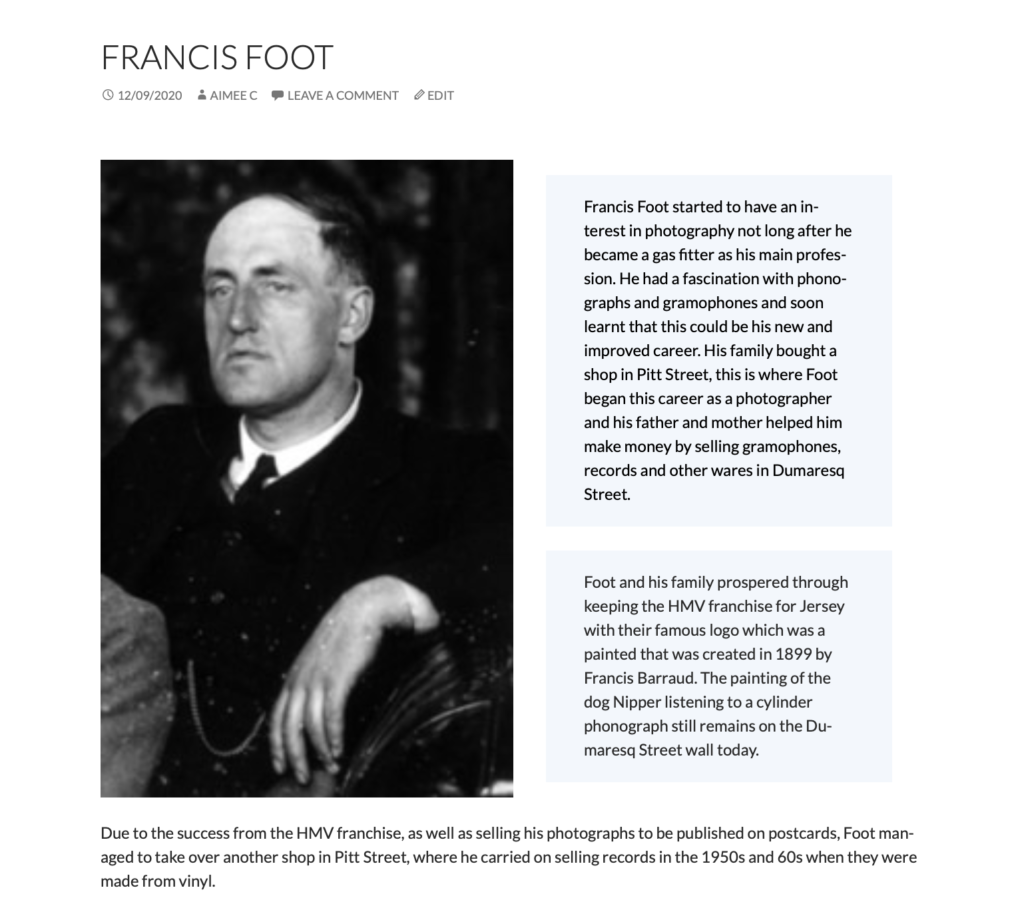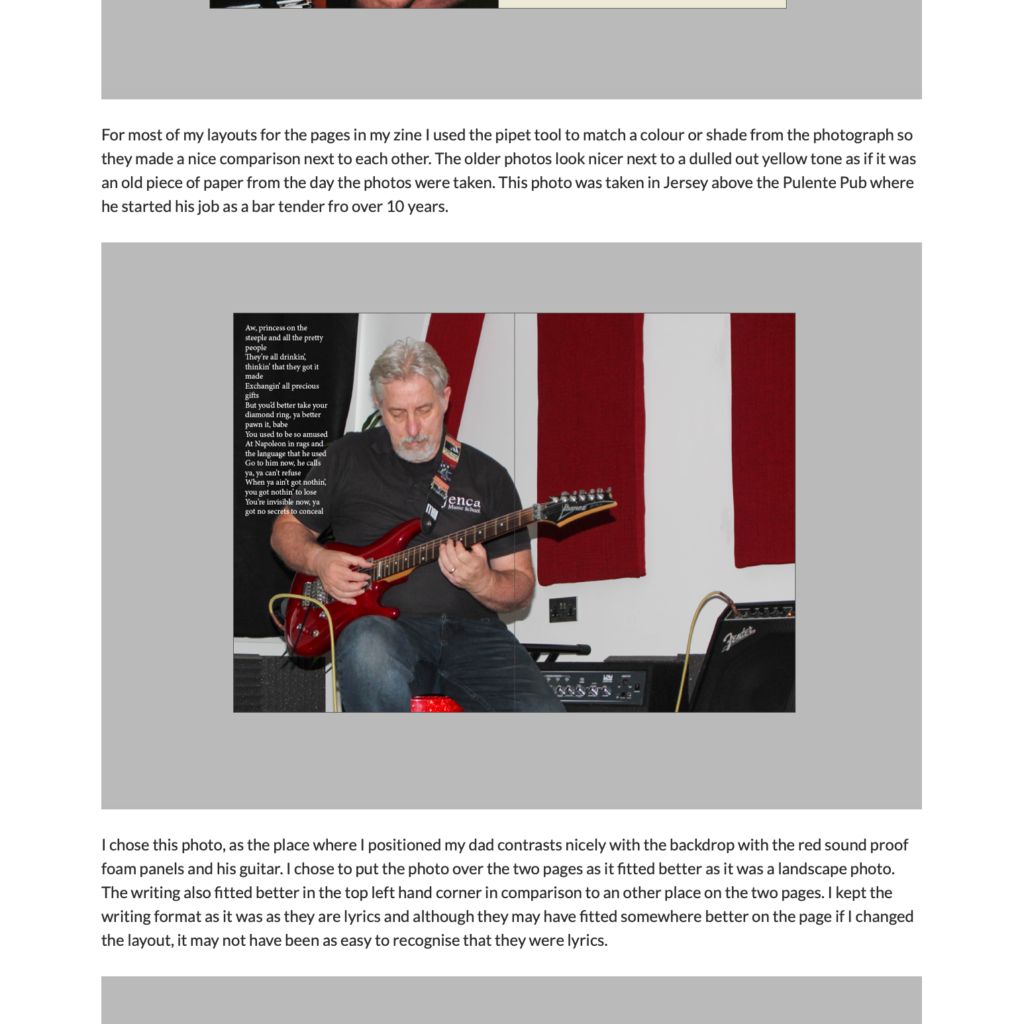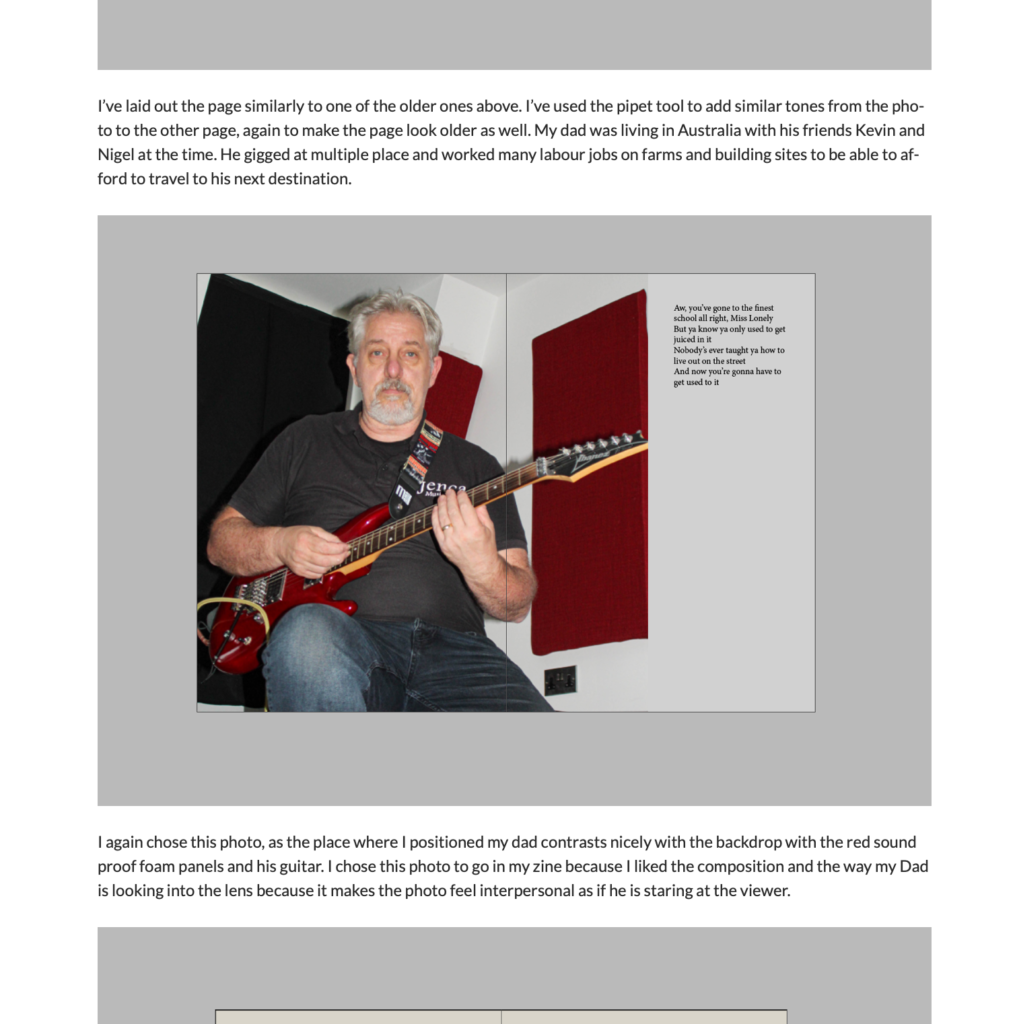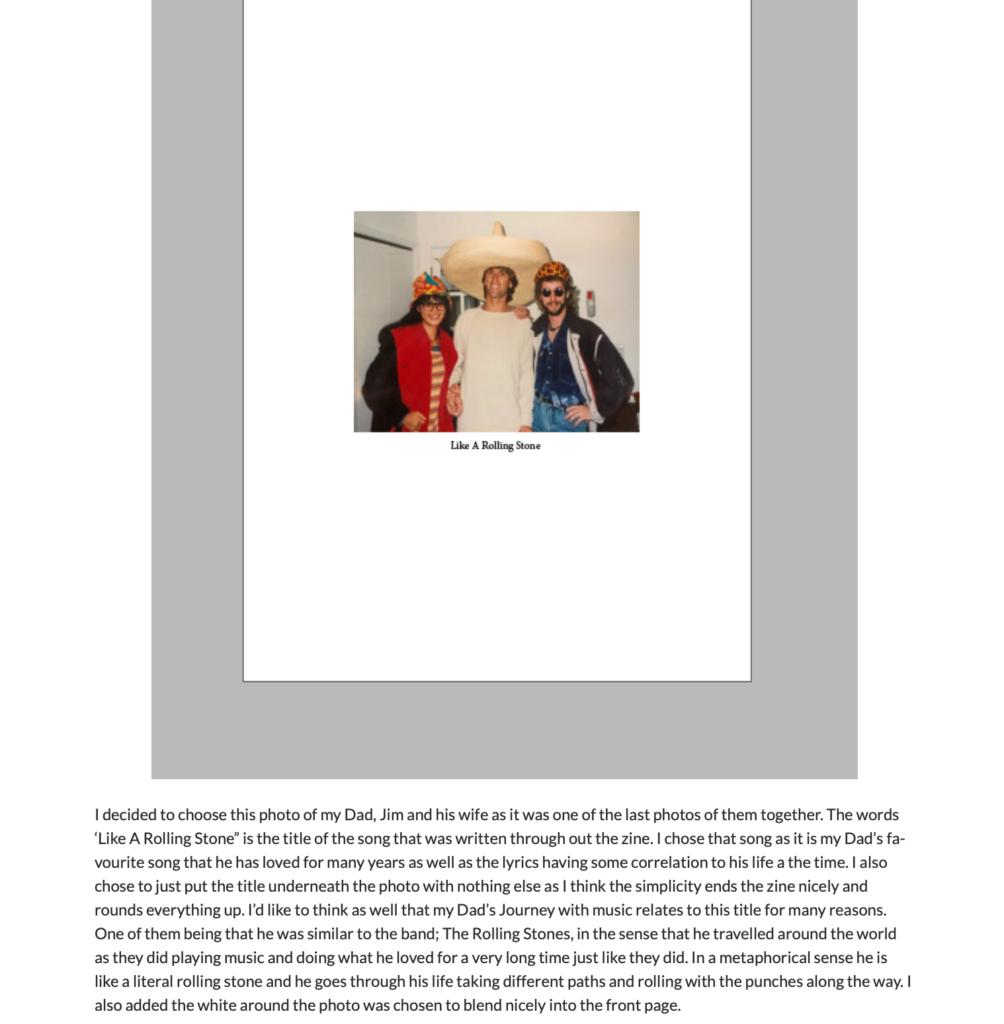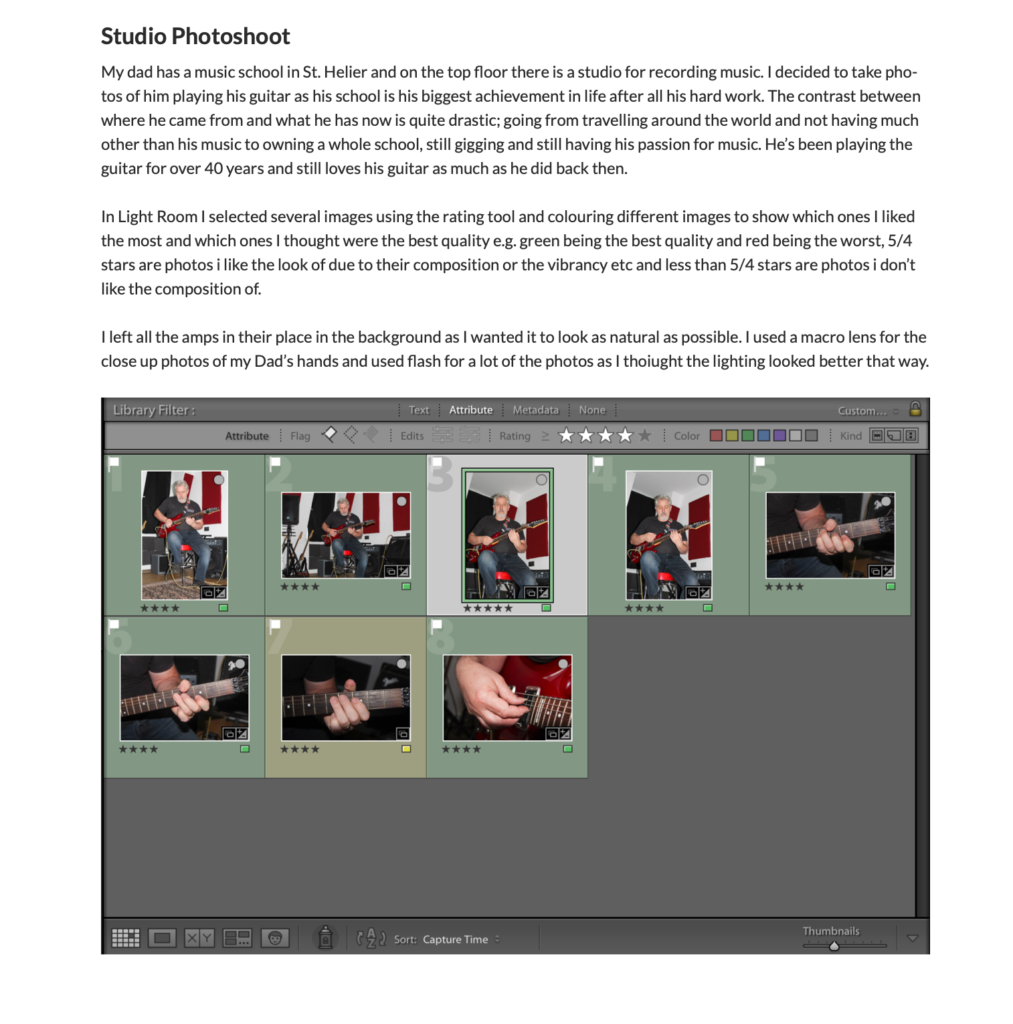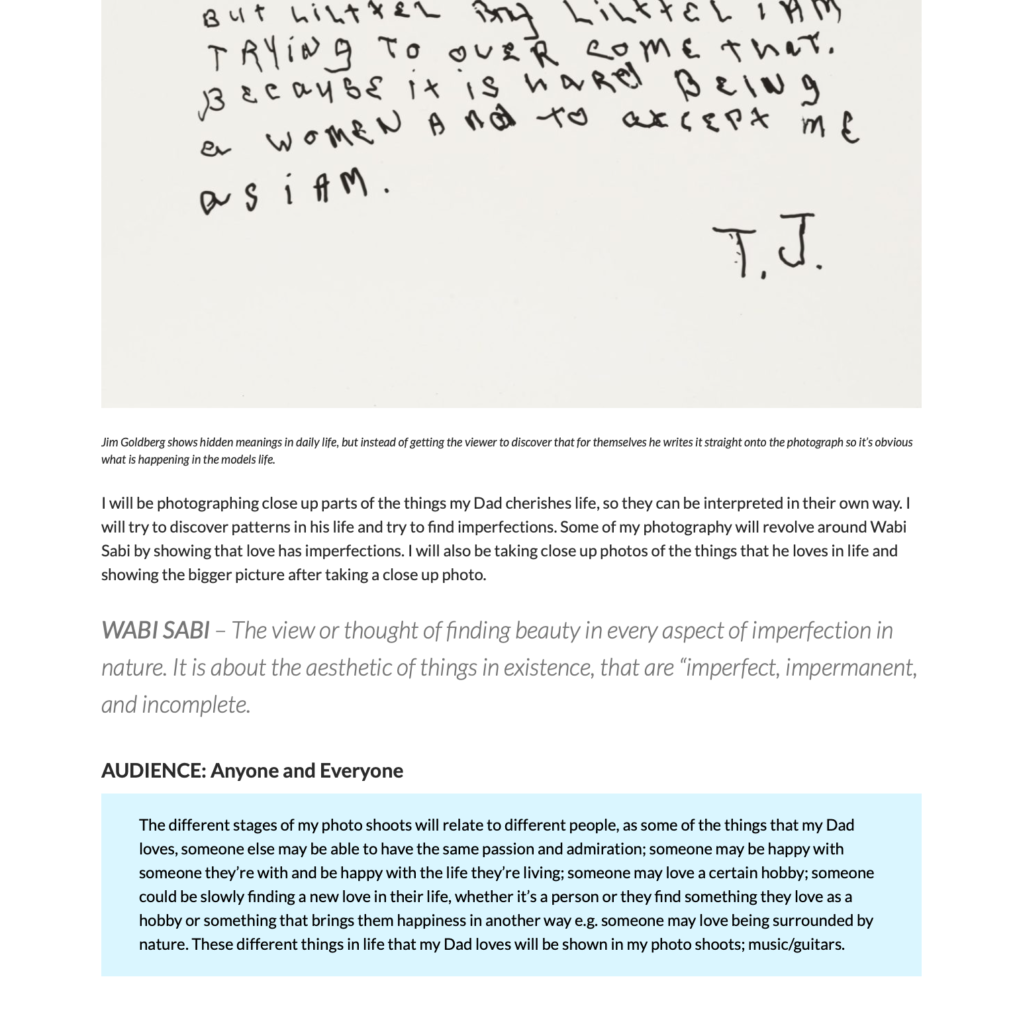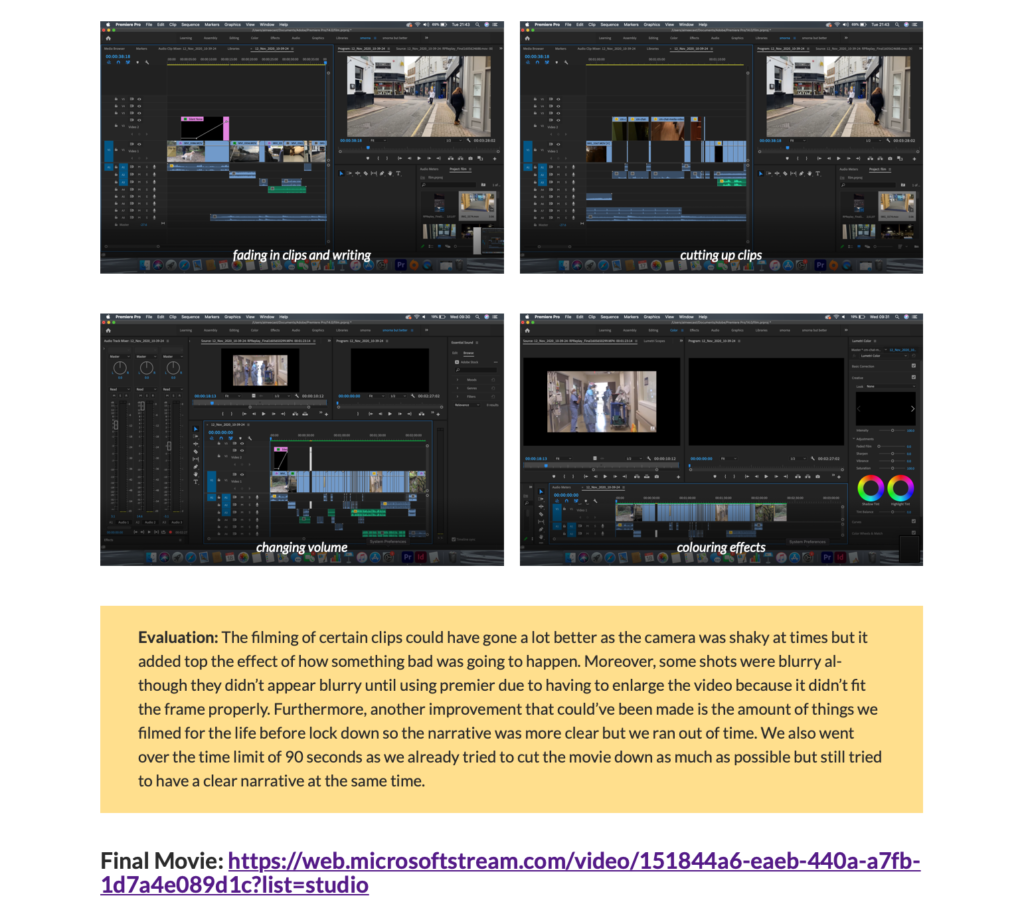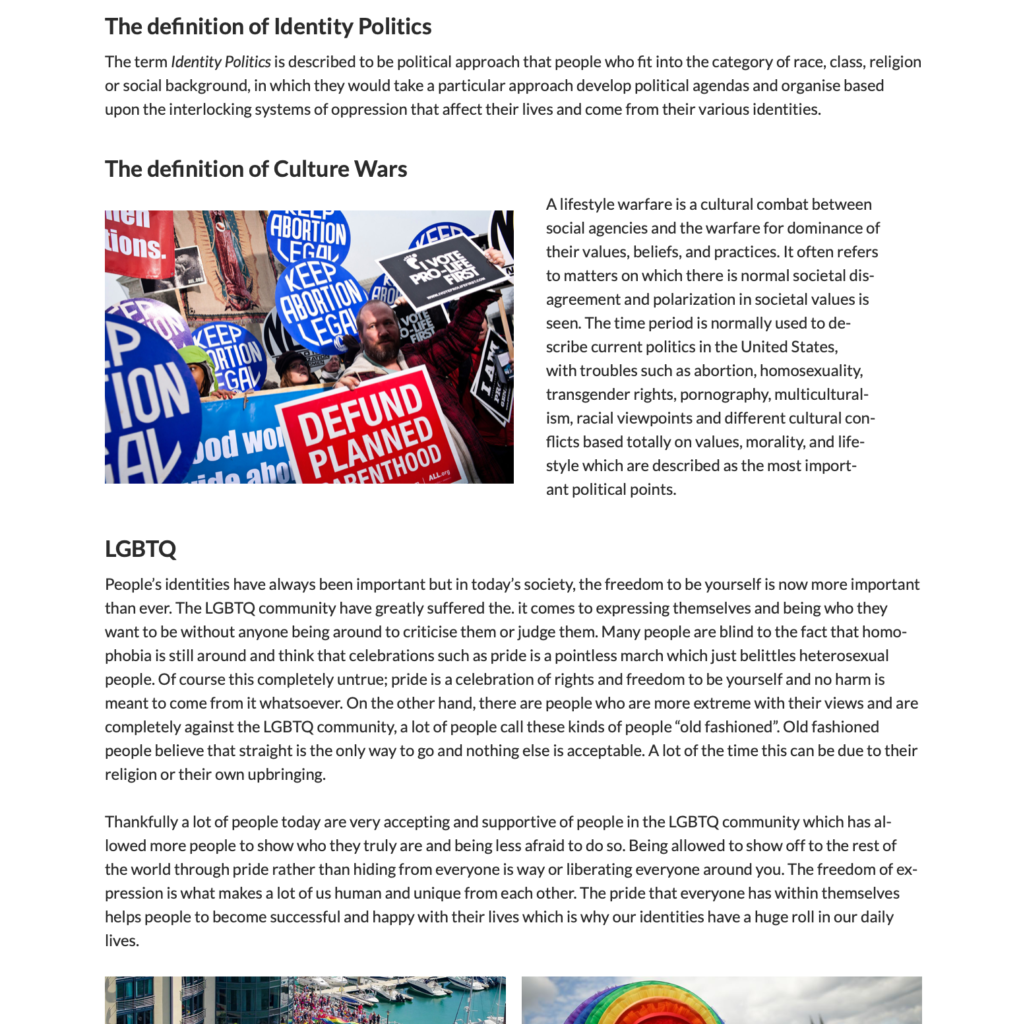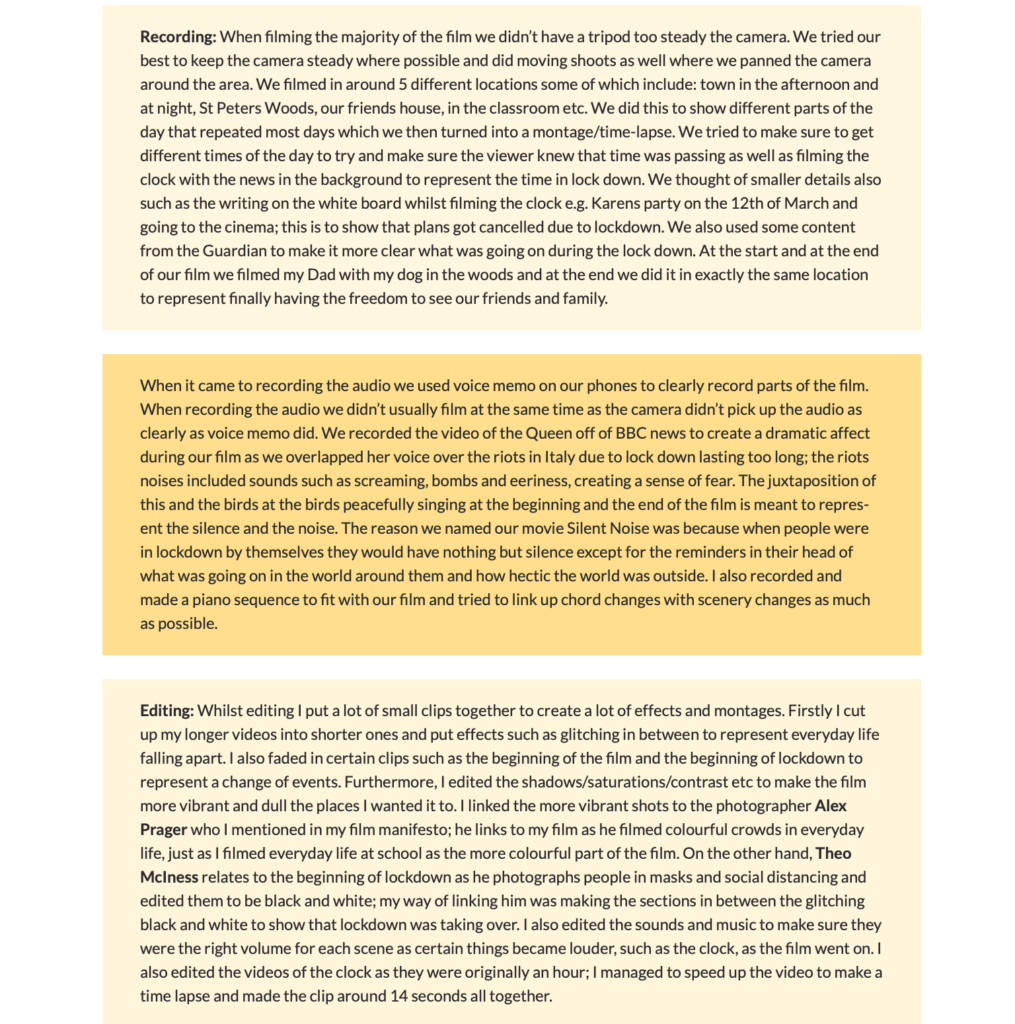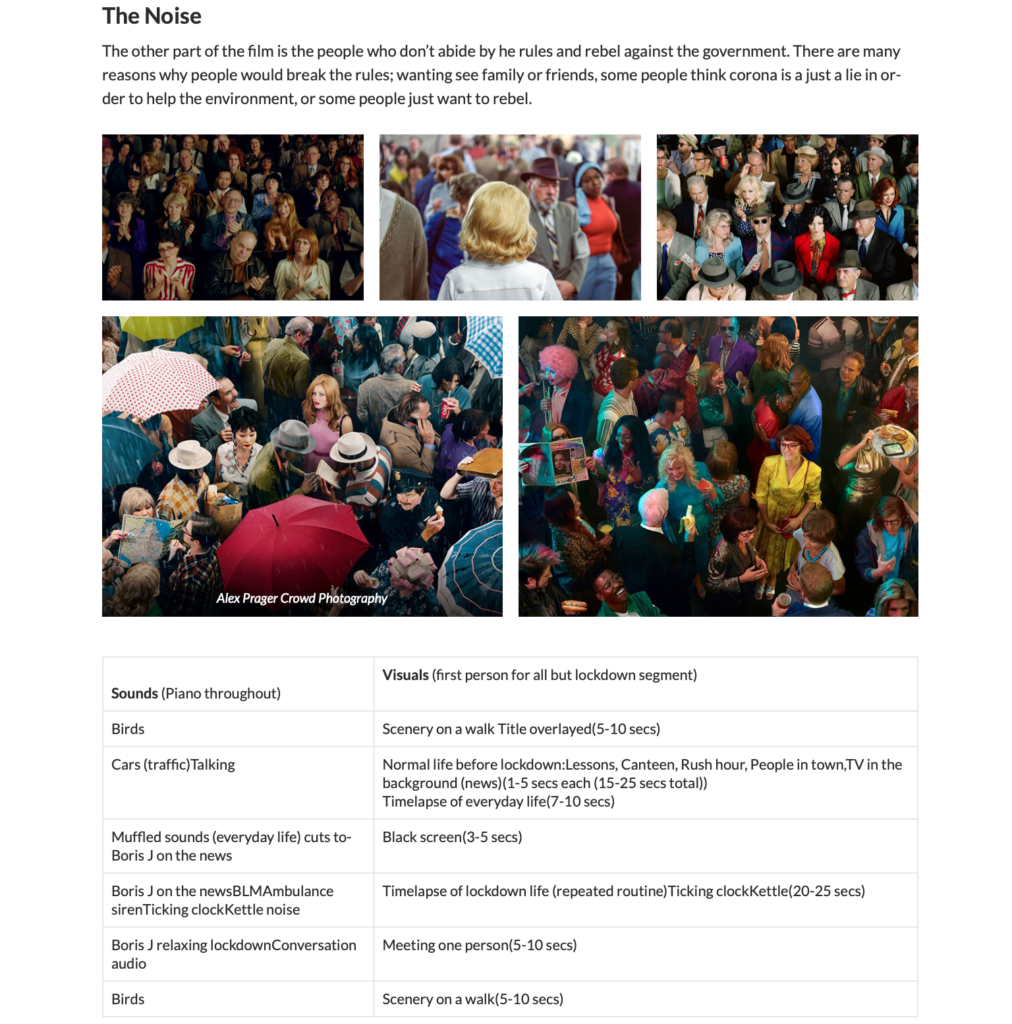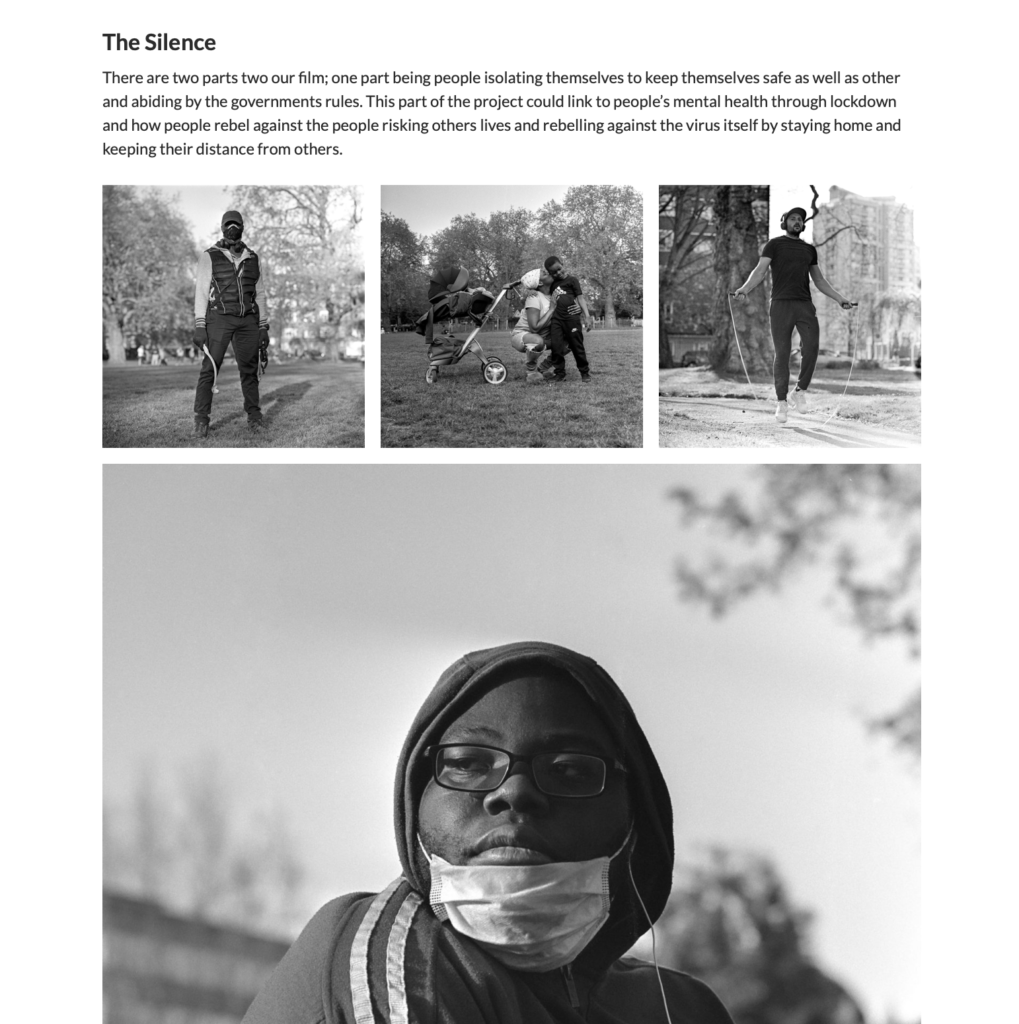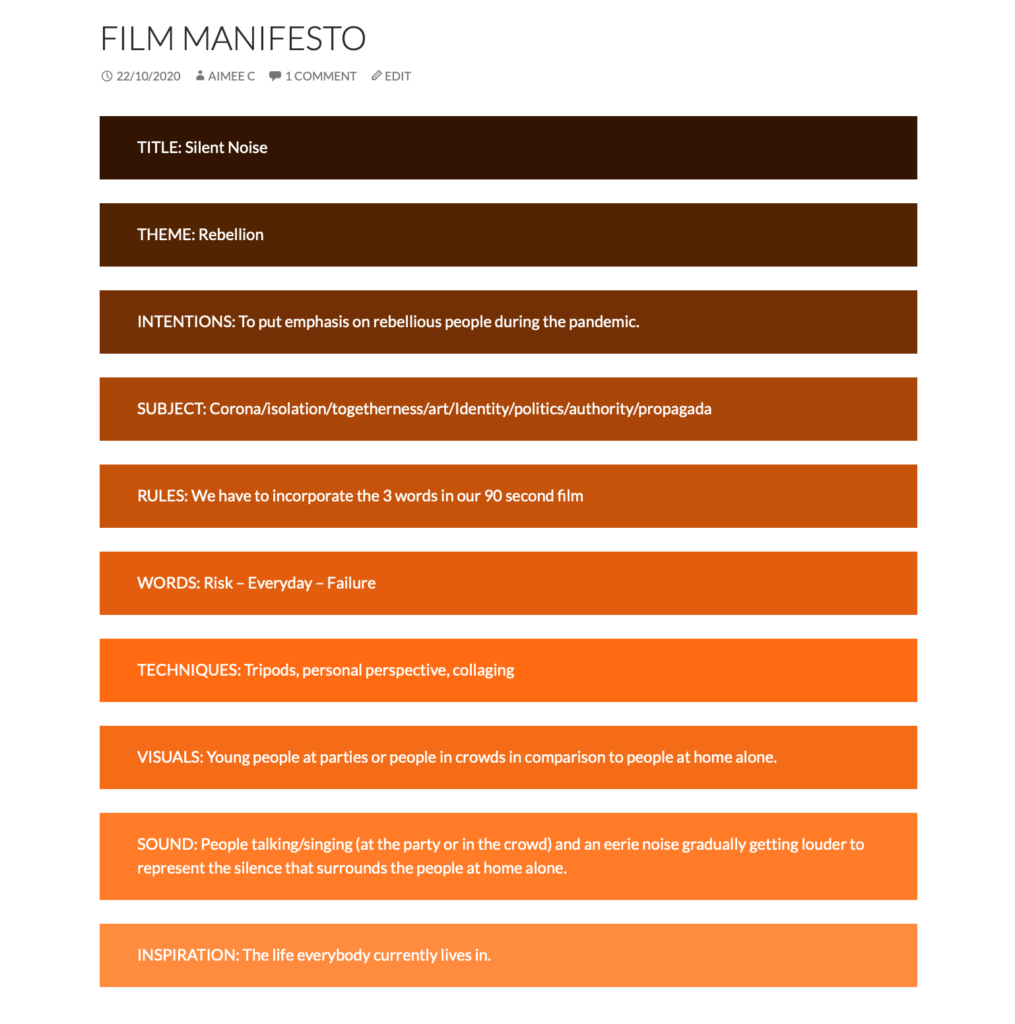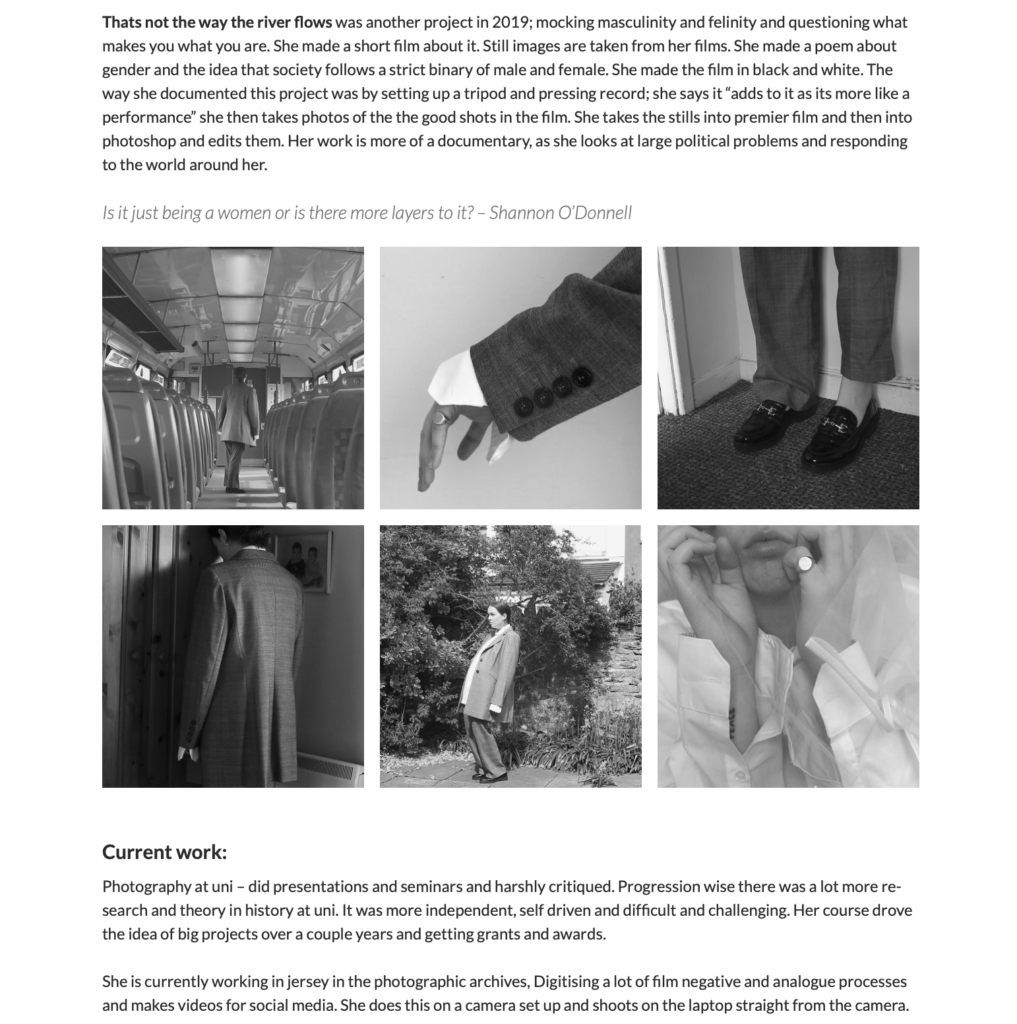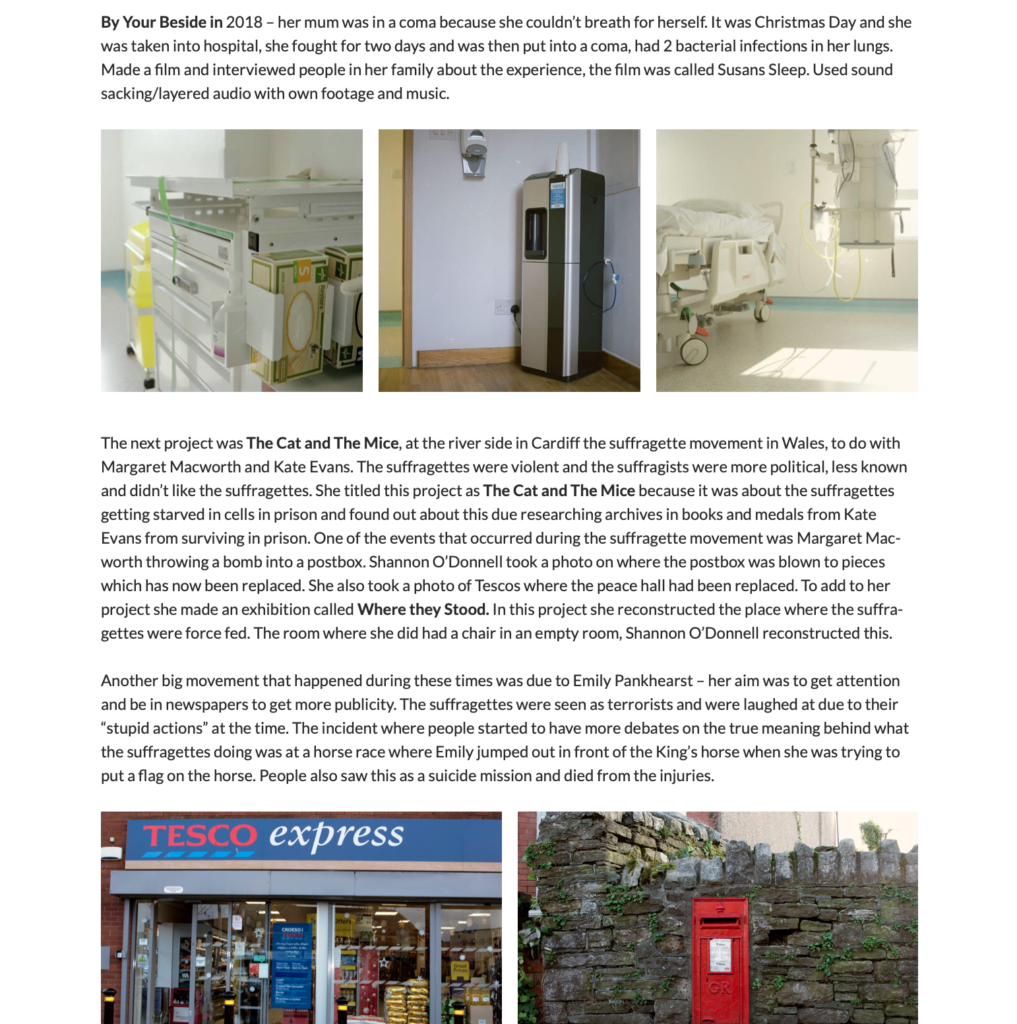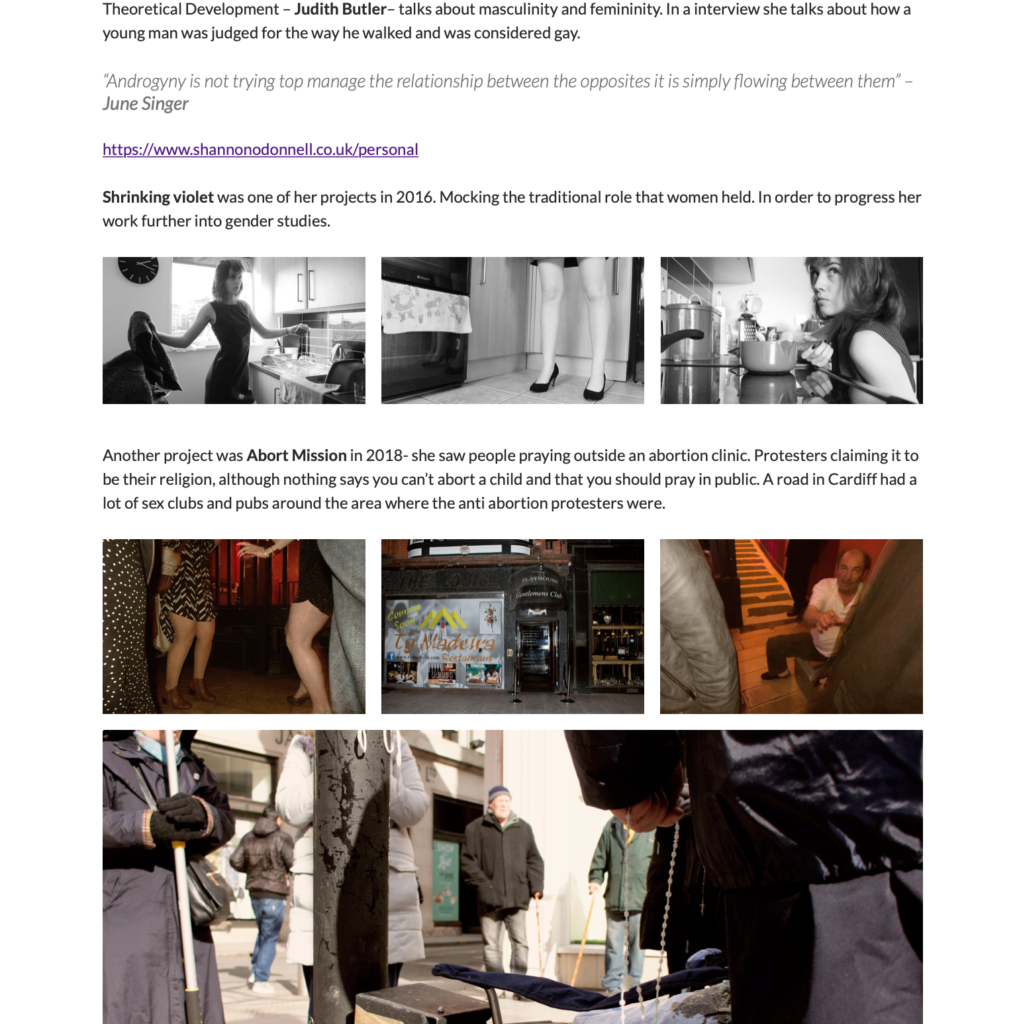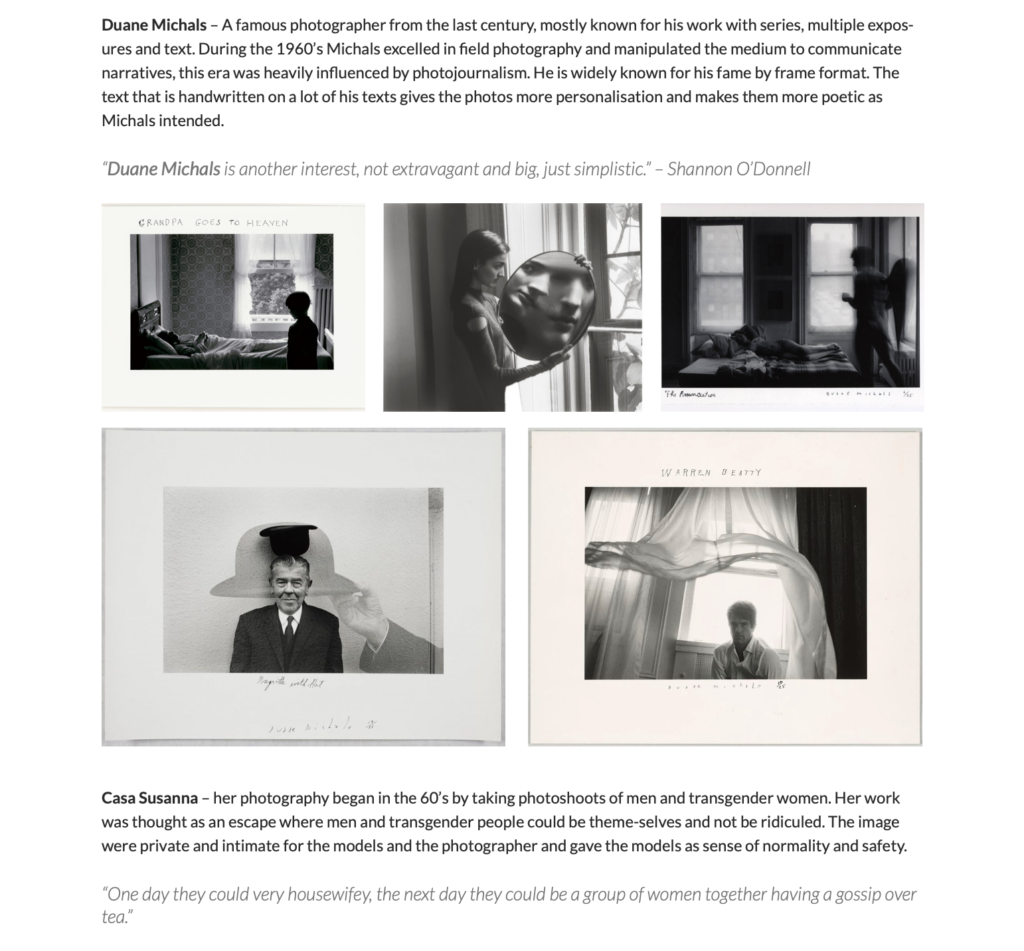In what way can the work of Claude Cahun and Shannon O’Donnell be considered political?
Both photographers works are considered to relate to identity politics which is a term that describes a political approach where people of a particular sexuality, gender, race or other identifying factors form exclusive socio-political alliances, moving away from broad-based coalitional politics (political parties that formed an alliance). It aims to support and center the concerns, agendas, and projects of particular groups, in accord with specific social and political changes.

Claude Cahun was a Surrealist photographer whose work explored gender identity and the subconscious mind. The artist’s self-portrait from 1928 epitomizes her attitude and style, as she stares rebelliously at the camera in an outfit that looks neither conventionally masculine nor feminine. with her photography one of her many skins is gender-defying as she gives this photograph a very neutral look that leaves to question ‘What is this persons gender?’ this was one of the many question that were going through my head when I first saw this photograph.
I think she is trying to show us and tell us that it really should not matter what gender she identifies as because she is still going to be this quirky photographer from jersey and her gender does not identify her. She is the main focus point in this image which is quite symmetrical is a way as she has a heart on both sides of her check and her hair is styled the same and gives it an even more symmetrical look. I am pretty sure this image has been taken in the studio as she is sat on a chair with what looks to be a curtain for a backdrop.
Claude Cahun’s photographic self-portraits present mix of mystery, exuberance, and sobriety. Born in France, she lived most of her life on the island of Jersey with her stepsister and long-term love, Marcel Moore.
Themes of melancholy, futility, and uncertainty run deep through Cahun’s career. Cahun’s exploration of self is relentless and at times unsettling. From circus performer, clothed in layers of artifice, to a stripped-down Buddhist monk grounded by integrity, Cahun is engaged in an ongoing dialogue with abundance.

Shannon O’Donnell is an artist born in Jersey, Channel Islands. Her work explores themes around the gendered experience with a focus on femininity and masculinity as gendered traits. She studied Documentary Photography at the University of South Wales, Cardiff.
Her area of photography is in the genre of contemporary filmmaking, performed and documentary photography and is based around the claustrophobia of gender binary. She explores this through deep sociological research, with historical references, a mixture of archival images, a contemporary interview with specific demographics that enlighten her conceptual and visual approach to image making. She explores the self and identity. Her work lies with questioning society and challenging traditional views of gender through my work. “My work is informed by my personal experience.” Is one of my favourite quotes from her. Shannon O’Donnell’s work focuses on the sociological understanding of how gender is viewed or challenged within mainstream society.
That’s Not The Way The River Flows (2019) – Gender is being reconceptualized. Our experience of gender is changing, transforming from being solely male and female, opening to a multitude of subcategories including gender queer, non-binary, transgender and gender fluid. As we unpick the complicated narrative of gender and the generalizations that it encapsulates, we are forced to re-imagine what it is that makes us who we are and what we want or can identify as. The beginning of change starts with the self.
It is a photographic series that playfully explores masculinity and femininity through self-portraits. The work comes from stills taken from moving image of the photographer performing scenes in front of the camera. This project aims to show the inner conflicts that the photographer has with identity and the gendered experience. It reveals the pressures, stereotypes and difficulties faced with growing up in a heavily, yet subtly, gendered society and how that has affected the acceptance and exploration of the self.






